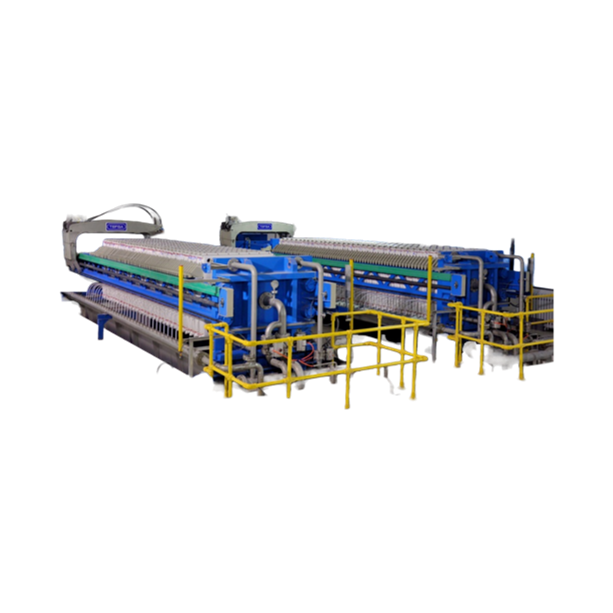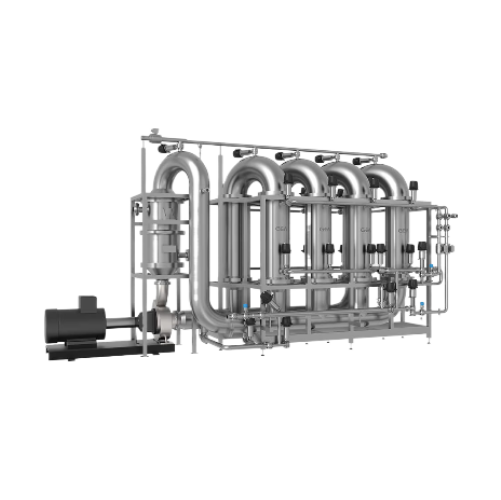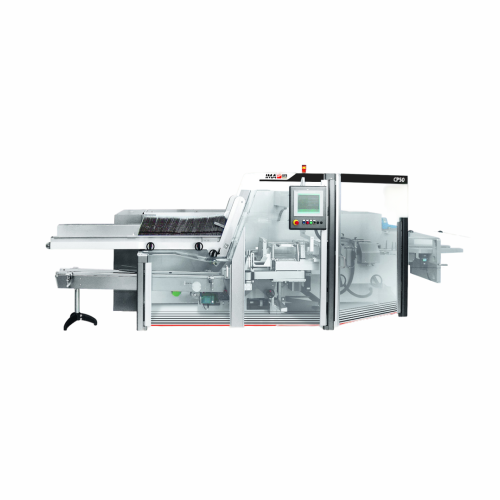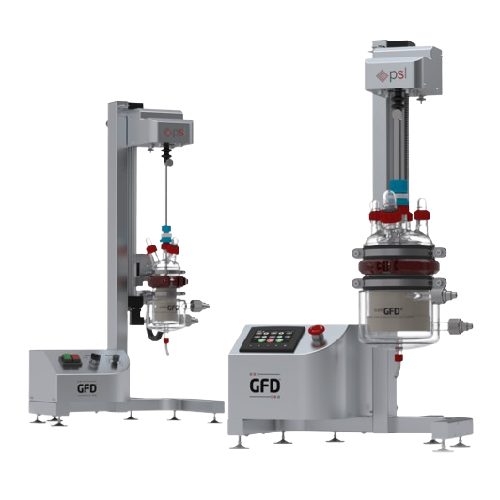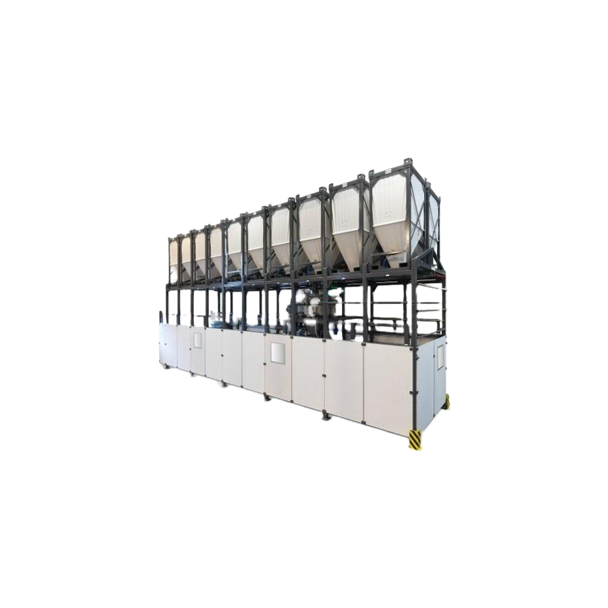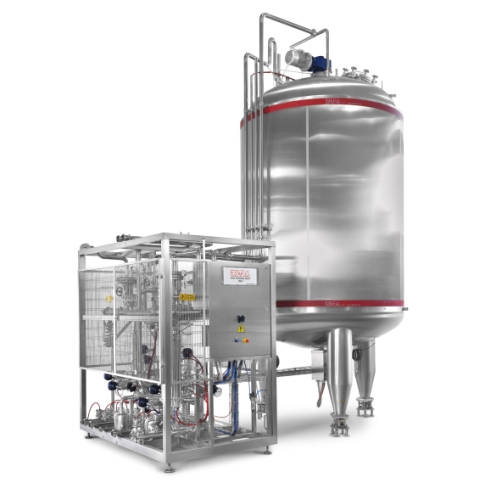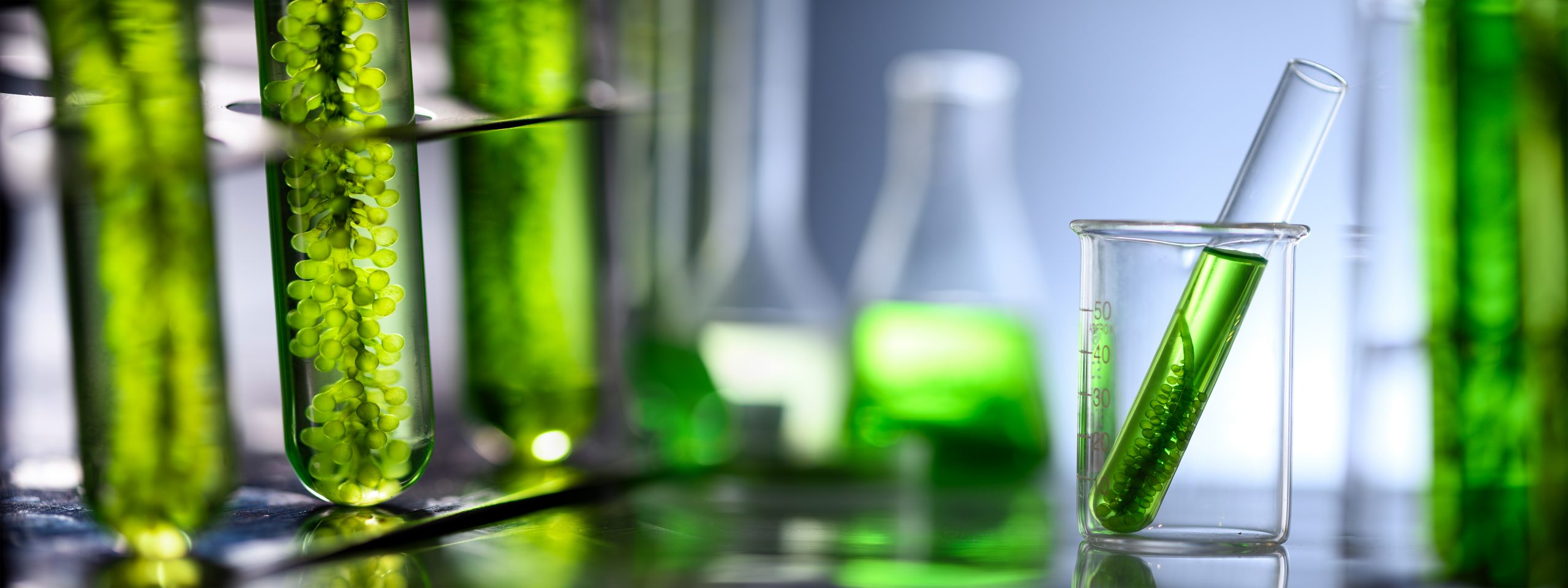
Biodiesel Production Equipment
Find innovative production technology for making biodiesel and connect directly with world-leading specialists
The waste oils from cooking in your kitchen could be transformed to biodiesel. Oily biomass such as soybean, animal fats, or recycled grease make excellent feedstocks to produce high quality alternative transport fuel. Materials are combined with an alcohol in a transesterification reactor that converts the mass into crude biodiesel. The finished product is a low-sulfur, biodegradable fuel that can be used in its pure formulation or in petroleum diesel fuel blends.
Technology picks for biodiesel processing
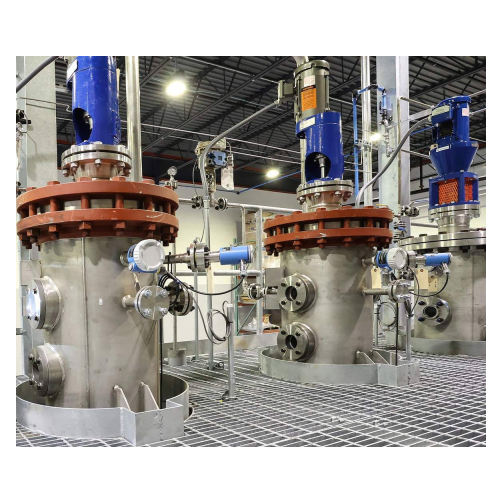
Biodiesel distillation process
Improve biodiesel quality by enhancing cold flow characteristics and removing impurities thro...
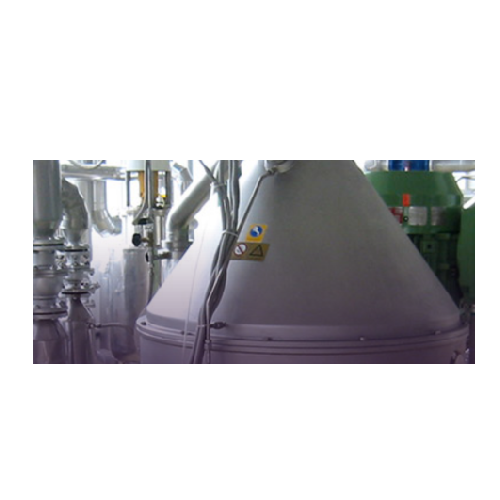
Biodiesel pretreatment system
Optimize your biofuel production by efficiently reducing impurities and unwanted components, e...
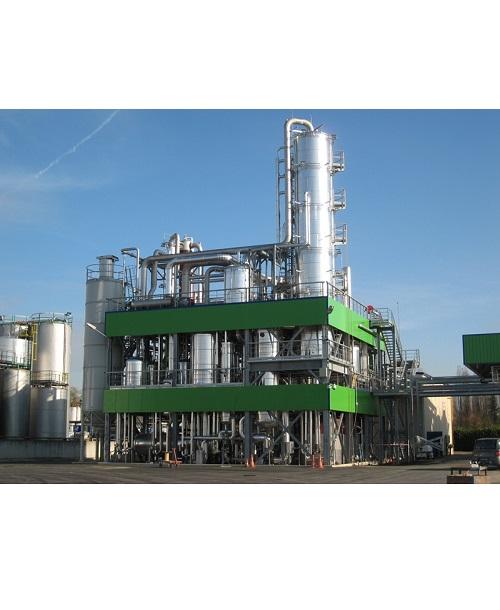
Production plant for biodiesel
As a biofuel producer, making biodiesel from several types of treated vegetable oils or anima...
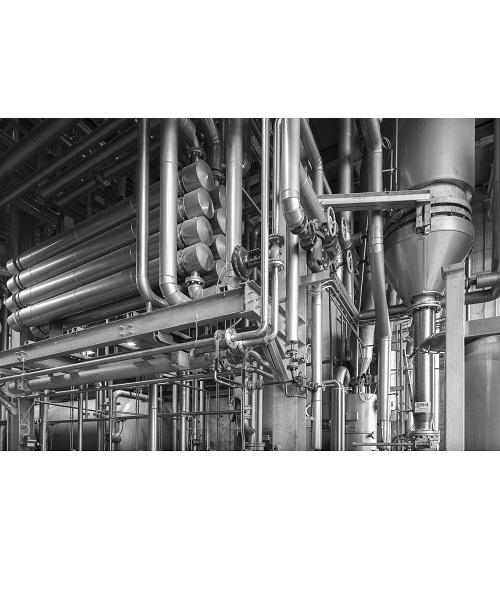
Glycerine manufacturing plant
Glycerol or glycerin is the major by-product generated in the biodiesel production process. Bu...
Select your biodiesel process
Tell us about your production challenge
Processing equipment to convert raw biodiesel into the finished product
The transformation of organic waste into biofuel starts in the sanitization machine that deacidifies your base feedstock and degums it from wax content. This is when your biomaterial is ready to be pumped to the transesterification reactor and transformed into unrefined biodiesel.
This chemical process forms glycerin that you then need to separate from the fuel using a centrifuge. The remaining liquid passes through a filtration system, leaving you with upgraded biodiesel at the other end.
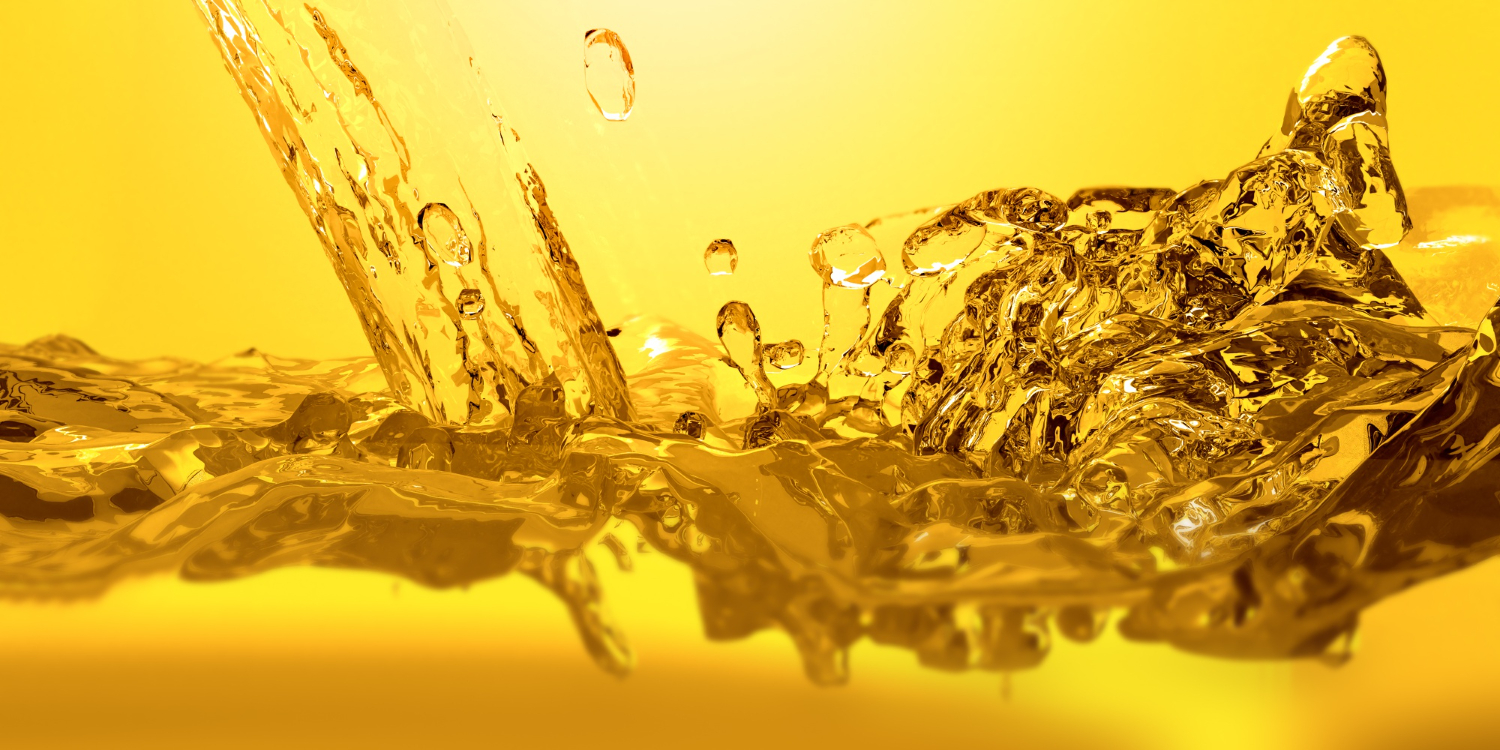
Diesel blends raise the emissions bar
Biodiesel offers a range of advantages over standard diesel. Besides being a renewable fuel, it emits lower levels of toxics and contaminants. And, unlike diesel, it does not spout any sulfur dioxide.
Although pure biodiesel can be used with existing technologies, it is more widely used in concentrations with regular diesel. Most products on the market contain either a maximum of 5% biodiesel (B5) or up to 20% (B20).

Biodiesel gets the green light
Large vehicles like trucks, buses, and trains usually rely on diesel engines. Thus, making biodiesel processing a central plank of strategies to reduce greenhouse gas emissions in the transportation sector.
Oil-bearing biomass is being used in the same way to develop alternatives to fossil jet kerosene. Sustainable Aviation Fuel (SAF) is projected to increase from 5% of the global jet fuel mix in the early 2020s to almost 20% by 2040.
Processing steps involved in biodiesel making
Which biodiesel technology do you need?
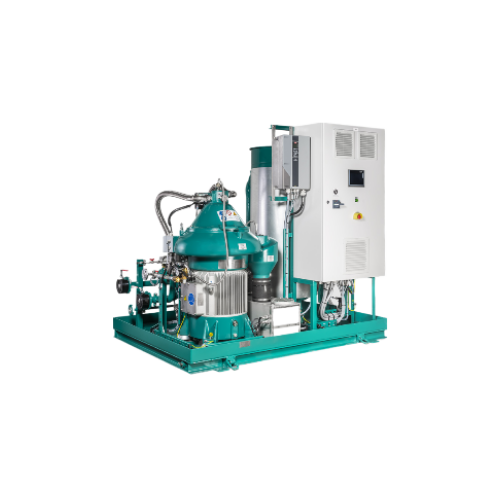
Biofuel separator for marine applications
Efficiently separate and purify marine biofuels while meeting the stringent envi...
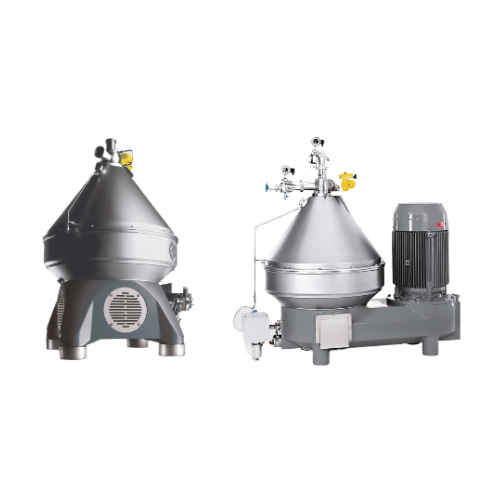
Separator for oil refining
Optimize your oil refining processes with a centrifugal separator that enhances purity by efficie...
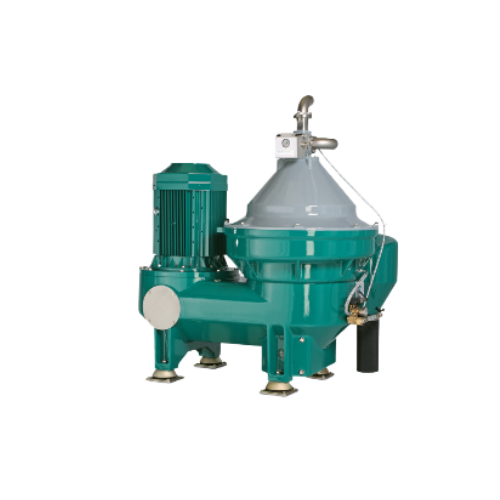
Separators for cooling lubricants and industrial fluids
Efficiently separate complex oil-water mixtures and cooling lubri...
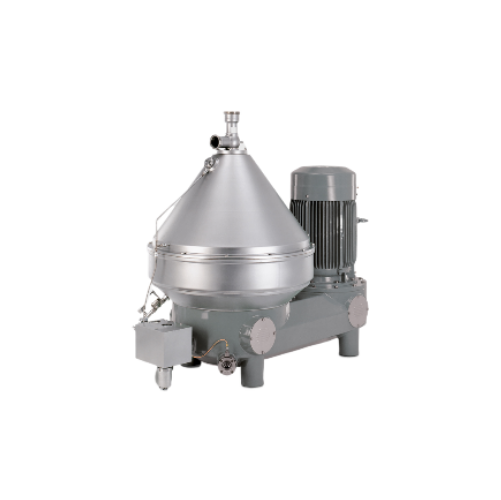
Clarifiers for biochemical separation
Achieve seamless liquid-solid separation with high-speed disk-type clarifiers, ensuri...
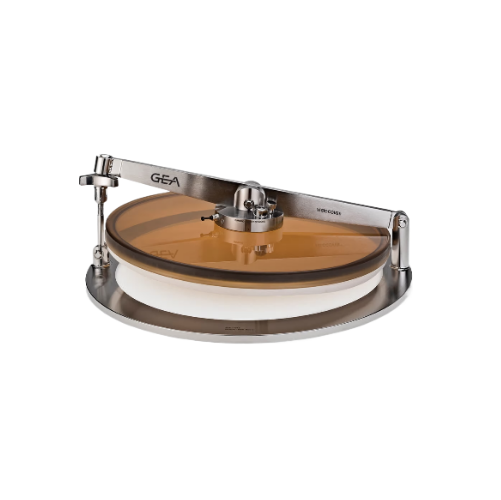
Sanitary cover for visual inspection
Ensure optimal hygiene and easy access in your production line with a transparent cove...
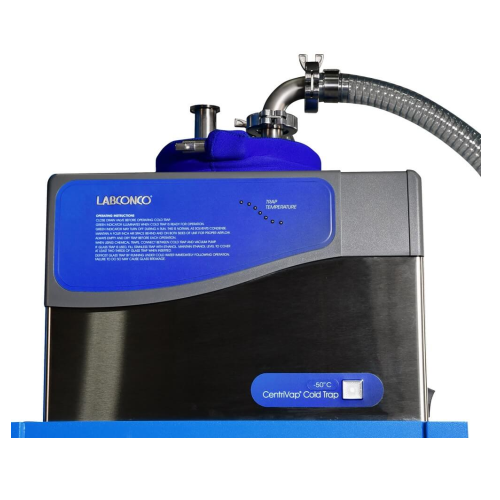
Vacuum cold trap for lab applications
Ensure efficient separation and purification in biopharmaceutical applications with t...

Laboratory automation software for distillation and extraction
Optimize your distillation and extraction processes with ...

Silo unloader for difficult products
Tackle challenging silo extractions with a robust unloading system designed for high-s...
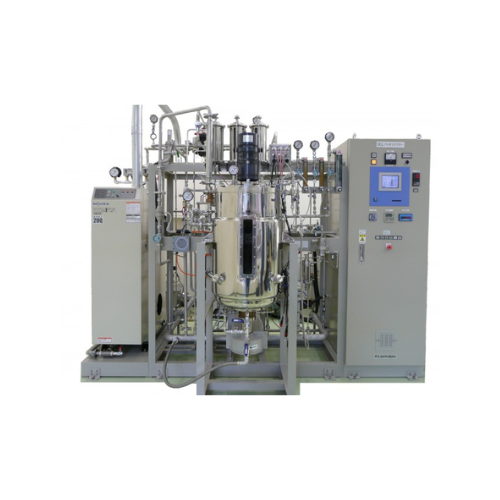
Sterilization in place fermentor for bioprocess applications
Optimize your fermentation processes with seamless integrat...
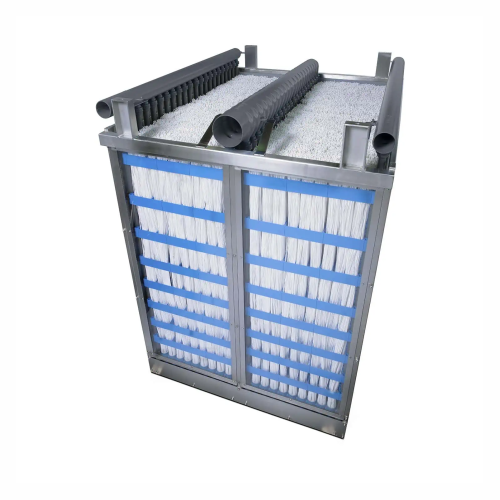
Mbr module for wastewater treatment
Optimize your wastewater management with efficient membrane bioreactors, designed to en...
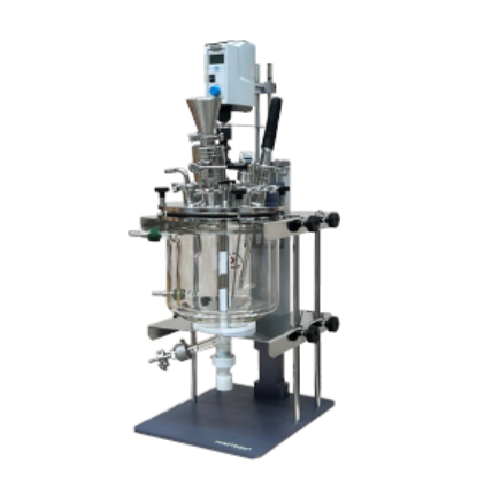
Laboratory dispersion reactor for 10l batch processes
Enhance precision and efficiency in lab-scale liquid formulations w...

Biogas upgrader for high methane yield
Optimize biogas production by efficiently converting raw biogas into high-purity bio...
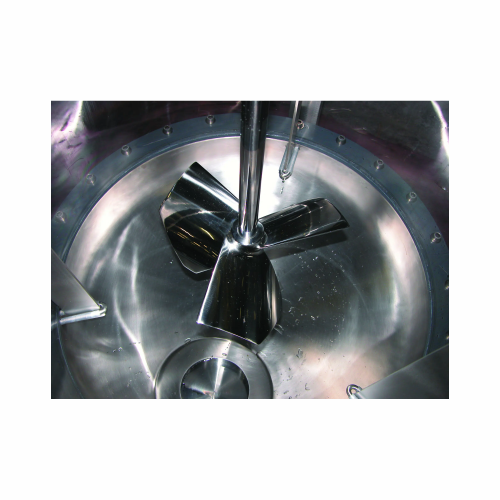
Sealless top-entry industrial mixer
Engineered for diverse industrial applications, this sealless top-entry mixer offers su...
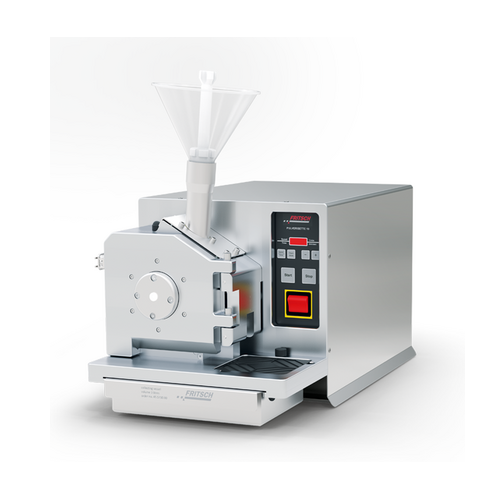
High-speed cutting mill for versatile material comminution
Efficiently transform diverse materials like plastics, textil...
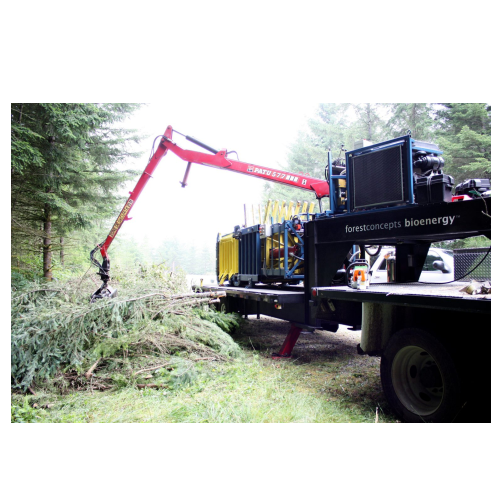
Biomass baler for woody biomass collection
Optimize woody biomass management with a mobile solution that reduces noise, du...
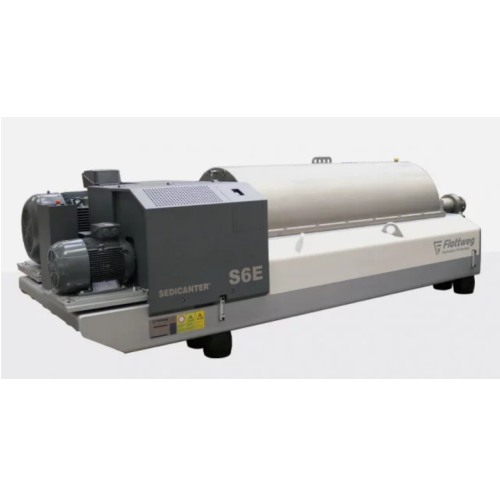
Decanter centrifuge for soft sediment separation
For operations dealing with soft, easy-flowing sediments, ensuring effici...

3-phase liquid separation solution
Achieve precise separation of liquids and solids to enhance product quality and streamli...
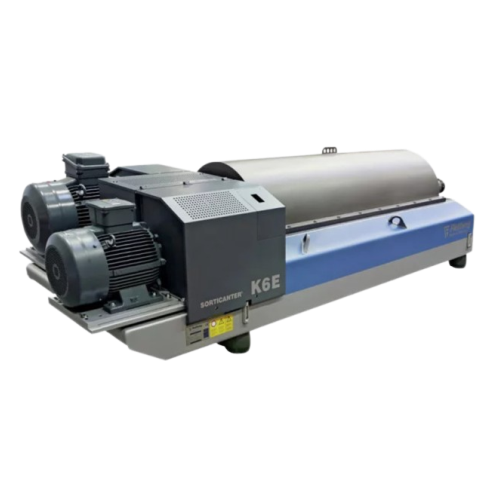
Centrifuge for plastics recycling
Enhance your recycling process with a centrifuge designed to efficiently separate and dew...
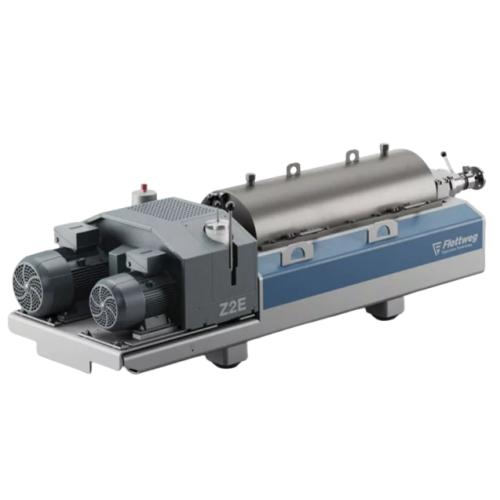
3 phase decanter centrifuge for industrial separation
Optimize your production line with efficient three-phase separation...
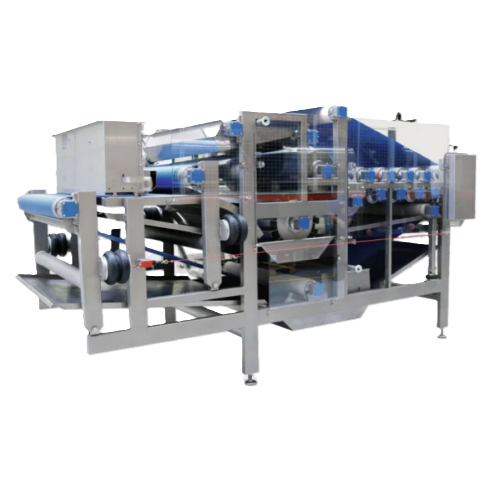
Industrial belt press for fruit and vegetable processing
Optimize your juice yield and reduce drying costs in starch and ...
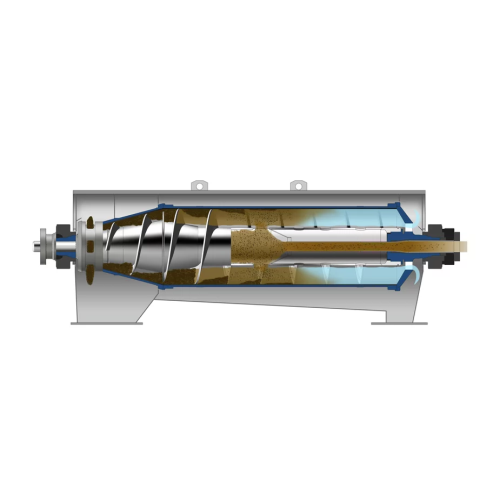
Decanter centrifuge for wastewater treatment
Effectively manage waste streams and enhance resource recovery with this high...
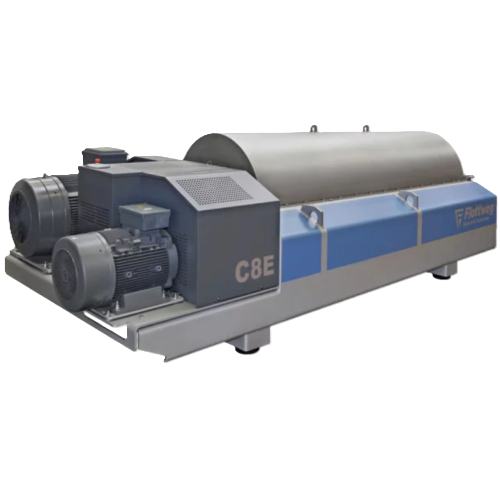
Centrifuge for sewage sludge dewatering
Efficiently reduce sludge volume and cut disposal costs by harnessing effective dew...

Advanced sludge dewatering for sewage treatment plants
Optimize sludge dewatering with a centrifuge that enhances separat...
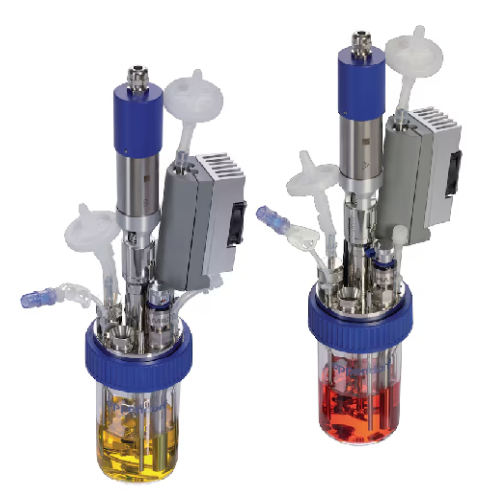
Mini bioreactor for cell culture and microbial process development
Achieve precise control and reproducibility in small...
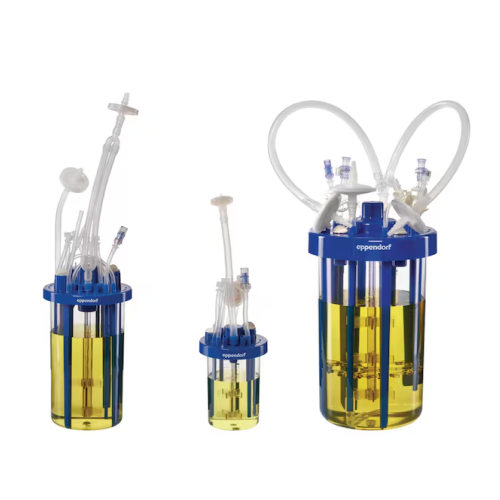
Single-use bioreactors for microbial fermentation
Optimize high-density fermentation with advanced single-use bioreactor ...
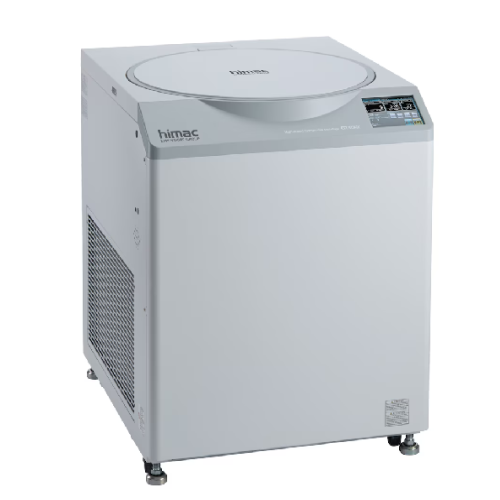
High-speed centrifuge for biomass and particle harvesting
Achieve high-speed particle separation and biomass harvesting ...

Parallel bioreactor system for cell culture and microbiology
Optimize bioprocess development with a scalable system desi...

Industrial pasteurizer for dairy and beverage processing
Enhance product quality and safety with efficient heat treatment...
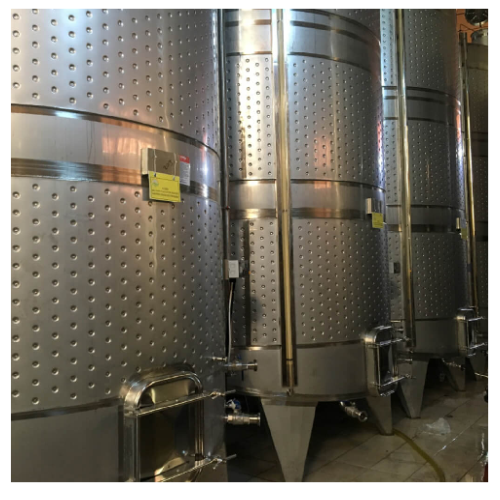
Stainless steel fermentation tanks
Optimize your fermentation efficiency with stainless steel tanks that provide precise te...
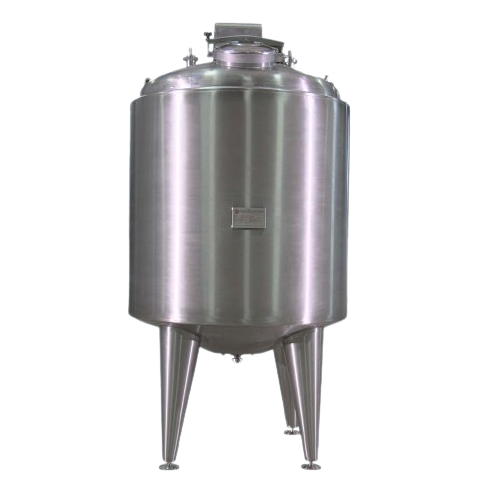
Ultraclean aseptic storage tanks for hygienic liquid food
Ensure your liquid products remain uncontaminated and maintain...

Laboratory mixer and dryer for solids
Enhance your laboratory capabilities with precision mixing and drying for small batch...
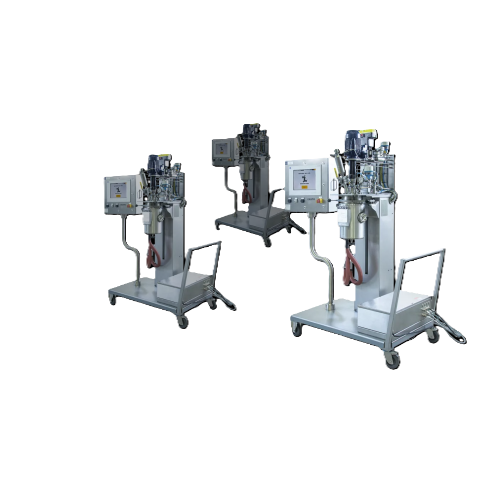
Portable process development unit for gas-liquid reactions
Optimize your gas-liquid reaction processes with a versatile,...
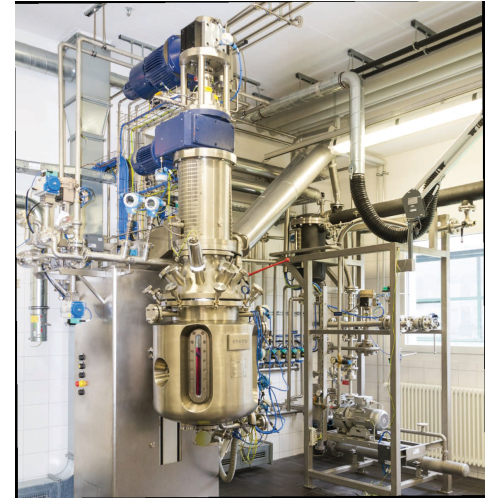
Pilot plant for highly viscous applications
Perfect for R&D, this pilot plant efficiently handles complex mixing and ...
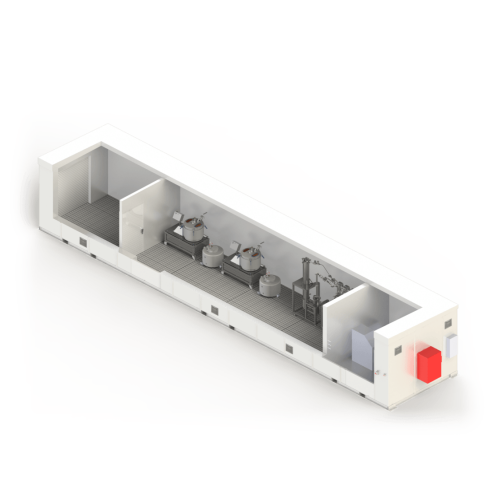
Portable ethanol extraction processing lab
Accelerate your extraction process with a fully portable and compliant lab solu...
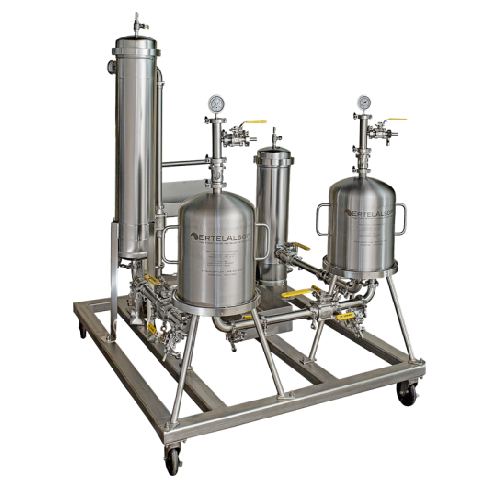
Filtration skid for ethanol extraction of cannabis and hemp oil
Enhance the clarity and color of your ethanol-extracted ...
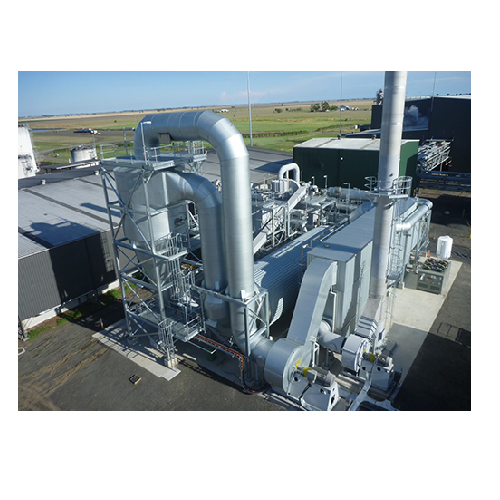
Industrial rotary dryer for odor and emission control
For challenging drying applications with odor and emission concerns...
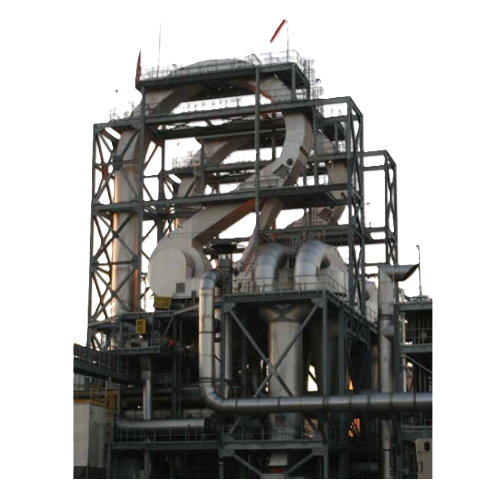
Flash dryer for surface moisture removal in powders
Optimize moisture removal in heat-sensitive materials with rapid, uni...
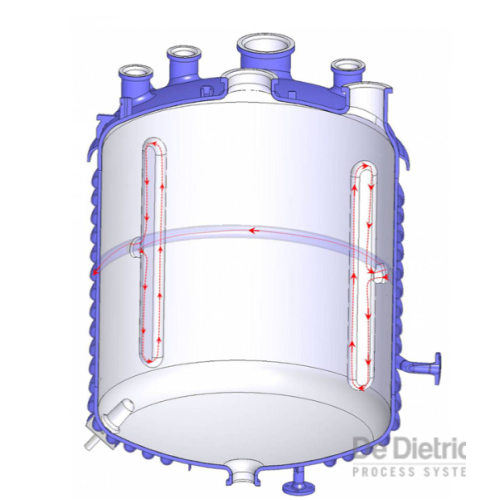
High performance heat transfer system
Enhance your production efficiency with a system that shortens cycle times by increas...
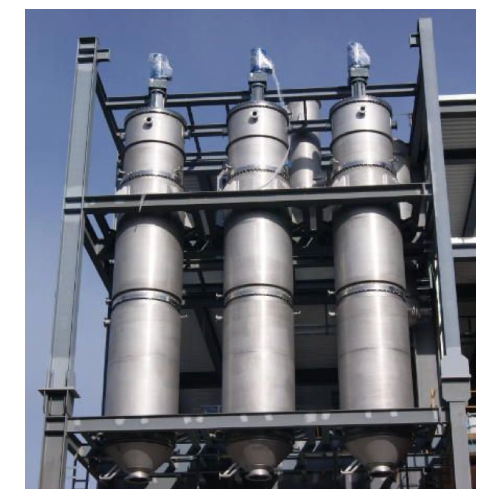
Thin film evaporator for temperature sensitive products
Need to purify temperature-sensitive compounds efficiently? Achie...
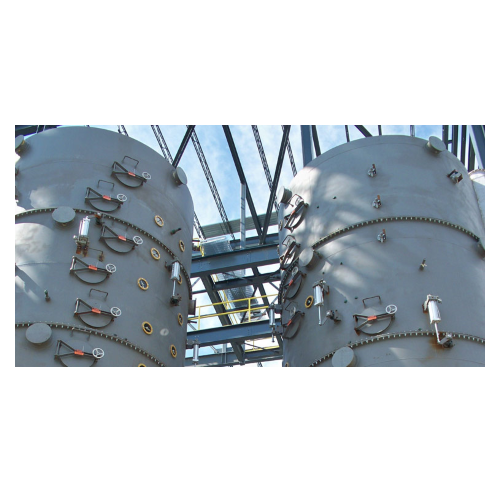
Oilseed cooker/conditioner for optimal seed preparation
Achieve consistent oil extraction and enhanced product quality wi...
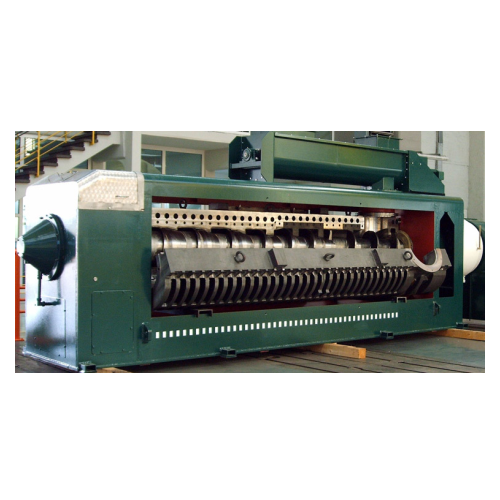
Oil presses for oilseed extraction
Ensure efficient oil and protein extraction with specialized presses, enabling optimal s...
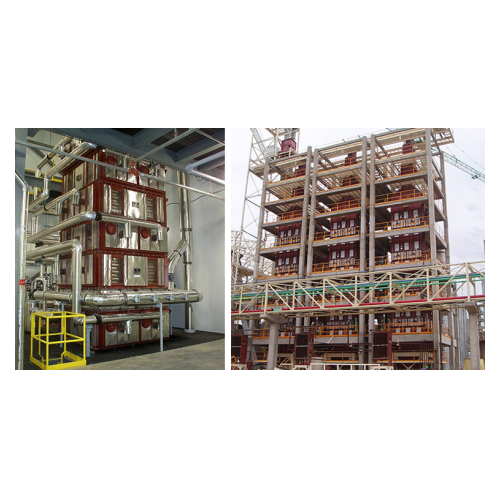
Vertical seed conditioning system for oil extraction
Ensure optimal oil yield and quality from oilseeds by employing a ve...
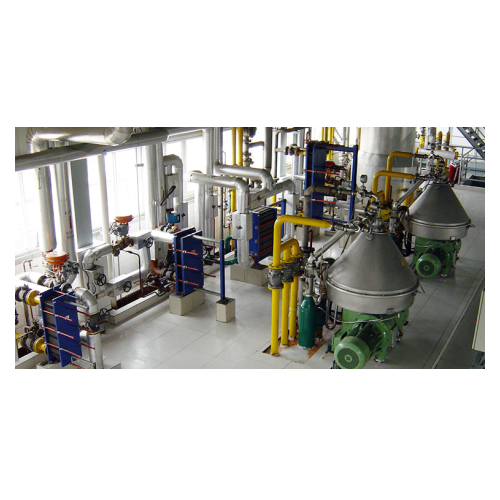
Oil and fat refining system
Ensure high-quality oil and fat production by efficiently removing contaminants such as phosphat...
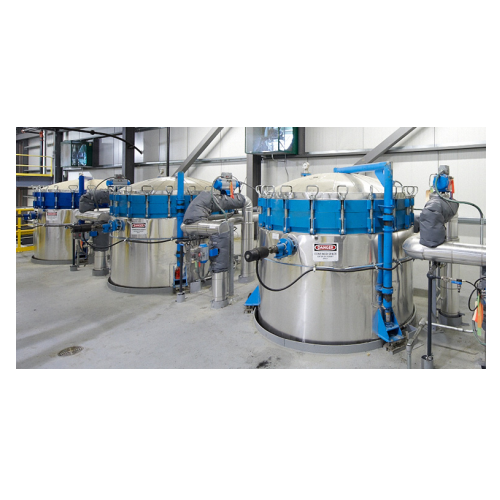
Industrial oil bleaching process
Optimize your oil purification process with advanced bleaching technology, significantly en...
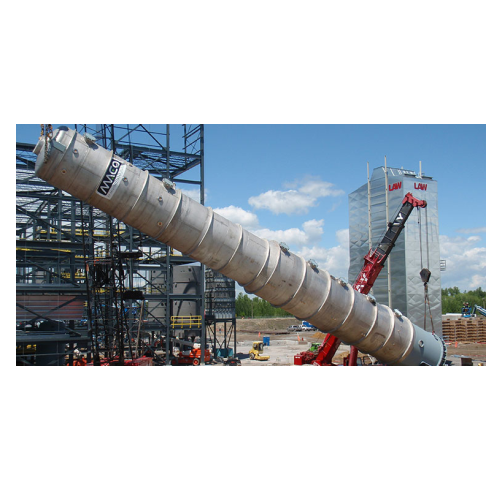
Continuous deodorizing for oils and fats
Achieve optimal purity and flavor in oils and fats with advanced continuous deodor...
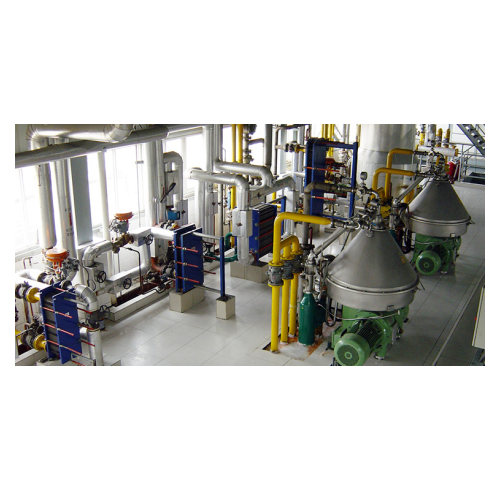
Industrial oil degumming process
Achieve optimal oil purity and maximize yield with this advanced system designed to streaml...
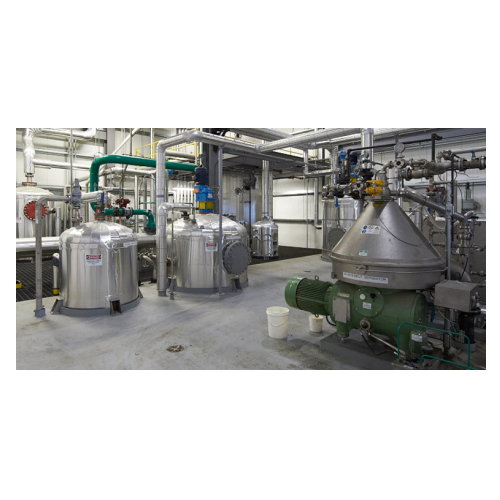
Oil neutralizing technology for chemical refining
Achieve optimal purity and yield in oil processing with precise control...
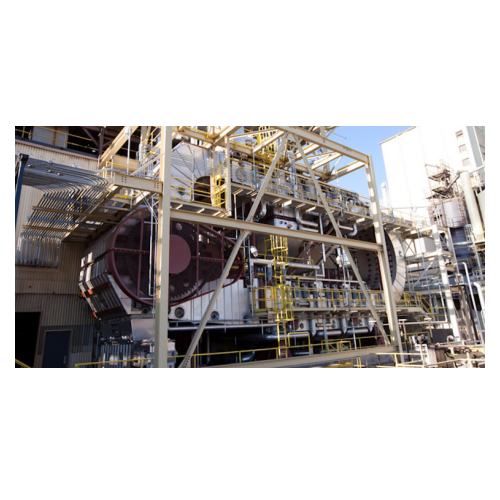
Percolation extractor for high-volume vegetable protein extraction
Optimize extraction efficiency across diverse materi...
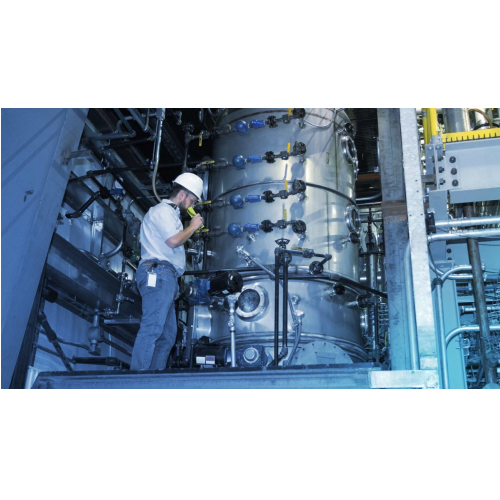
Continuous vacuum dryer for protein products
Achieve precise moisture control and maintain product functionality with low-...
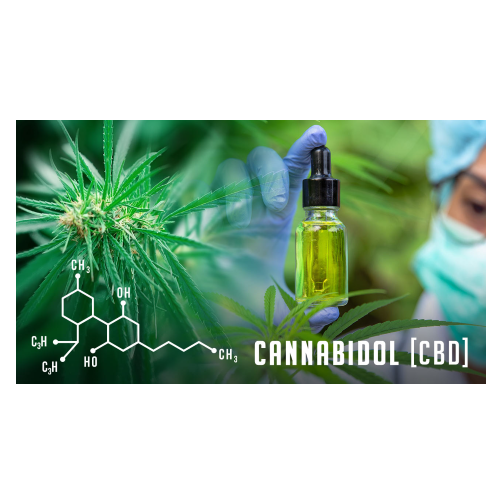
Hemp Cbd oil extraction system
Achieve maximum CBD oil recovery while maintaining product purity with scalable extraction ca...
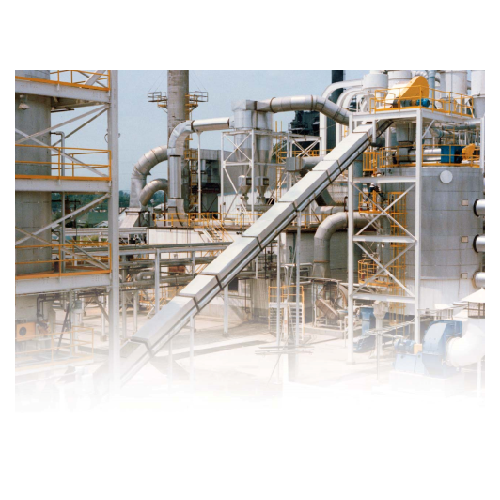
Efficient desolventization and toasting solution for oilseeds
Optimize solvent removal and toasting in your oilseed proc...
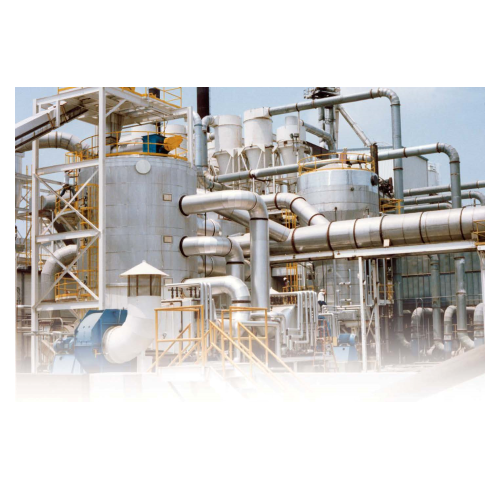
Efficient dryer-cooler for solvent-extracted meals
Optimize moisture control and energy efficiency in your production lin...
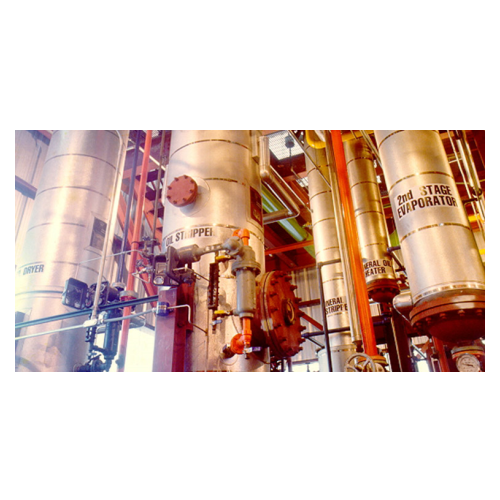
Mineral oil absorption system for solvent vapor recovery
Optimize solvent recovery and reduce atmospheric emissions with ...
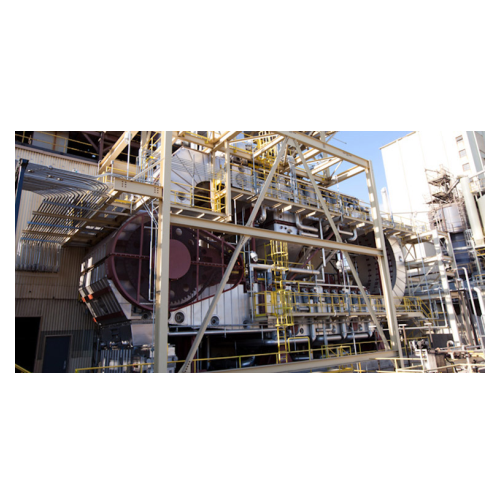
High-volume oilseed extraction system
Achieve optimal extraction efficiencies with a versatile system that handles various ...
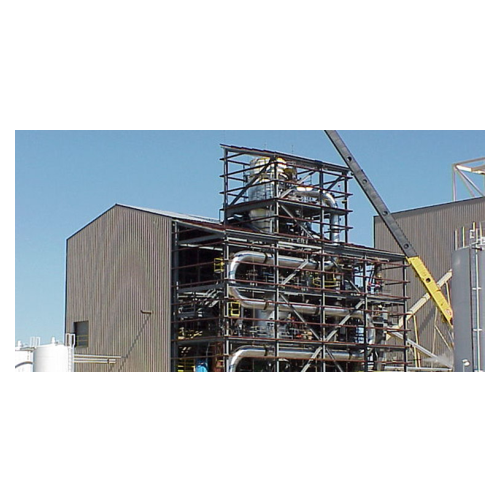
White flake desolventization for oilseed processing
Optimize your oilseed processing with a system designed to efficientl...
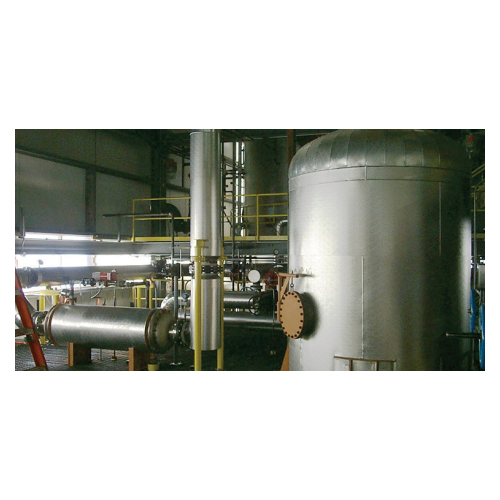
Zero effluent discharge system for solvent extraction plants
Eliminate wastewater in your solvent extraction process whi...
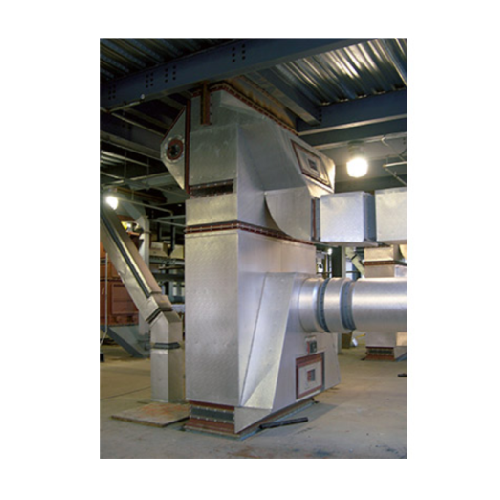
Seed hull removal and condition system
Optimize your seed processing efficiency by effectively removing hulls and foreign m...

Biodiesel distillation process
Improve biodiesel quality by enhancing cold flow characteristics and removing impurities thro...

Biodiesel pretreatment system
Optimize your biofuel production by efficiently reducing impurities and unwanted components, e...
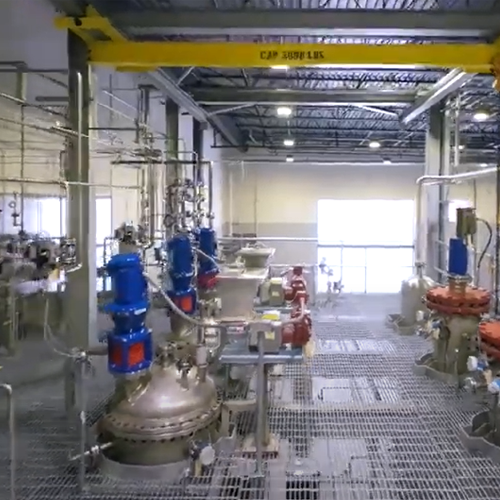
Renewable diesel pretreatment system
Extend hydrotreater catalyst life and boost plant uptime by optimizing feedstock purit...
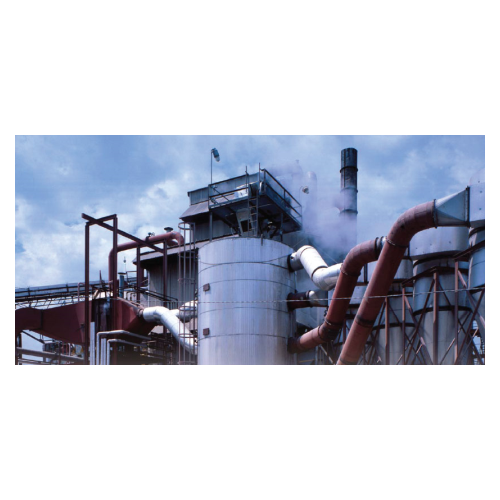
Dryer-cooler for solvent-extracted meal
Achieve optimal moisture and temperature control for solvent-extracted vegetable-oi...
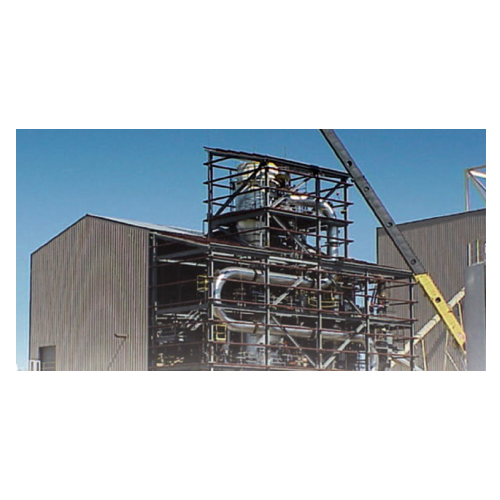
Flash desolventization system for oilseed processing
Achieve rapid desolventization with minimal heat exposure, preservin...
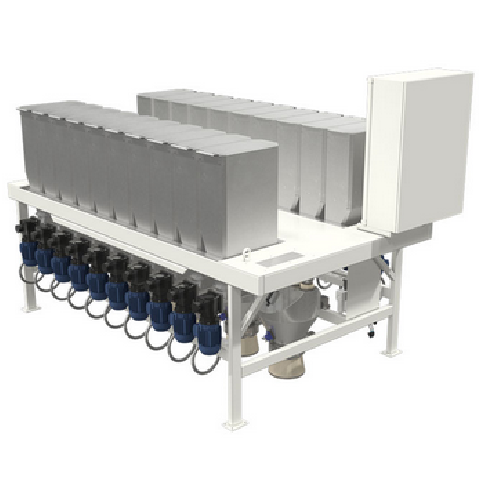
Accurate weighing system for micro ingredients
Ensure precise micro-ingredient dosing for batch operations with this versa...
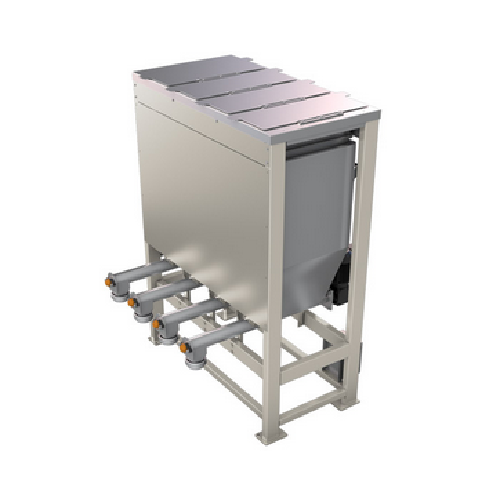
Loss-in-weight scale for micro ingredient batching
Enhance precision in your production line with advanced micro ingredie...
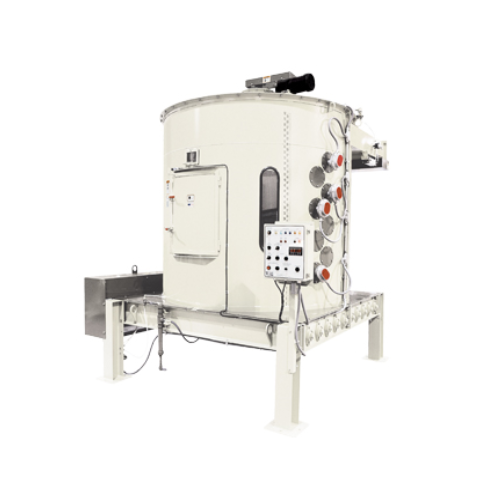
Industrial circular coolers for uniform product cooling
Achieve consistent cooling across your product range with circula...
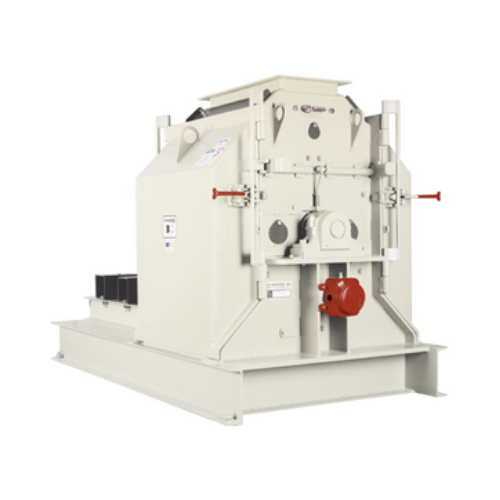
Hammermills for grinding tough products
Optimize particle size reduction with precision-designed hammermills that efficient...
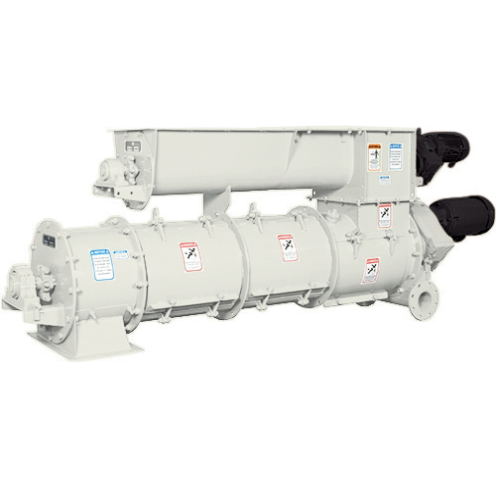
Industrial moisture and temperature control conditioner
Optimizing moisture absorption and temperature management, this c...
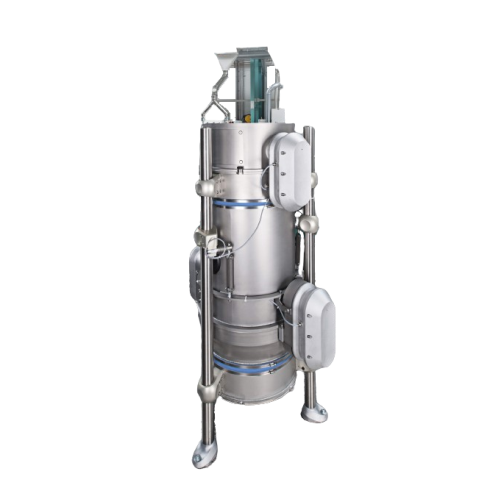
Advanced superheated steam drying solution
Harness the power of consistent drying technology to achieve optimal moisture c...
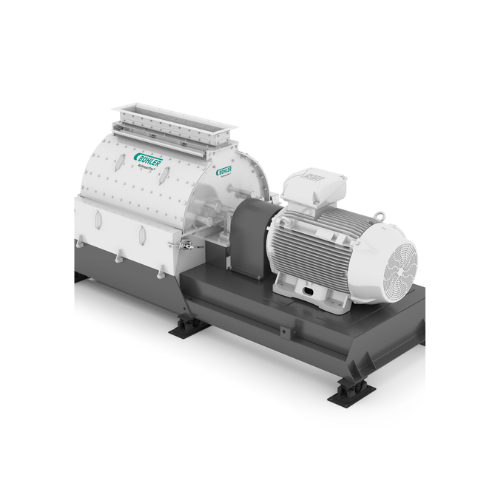
Hammer mill for fine grinding in food and feed industries
Achieve exceptionally fine particle-size distribution with a h...
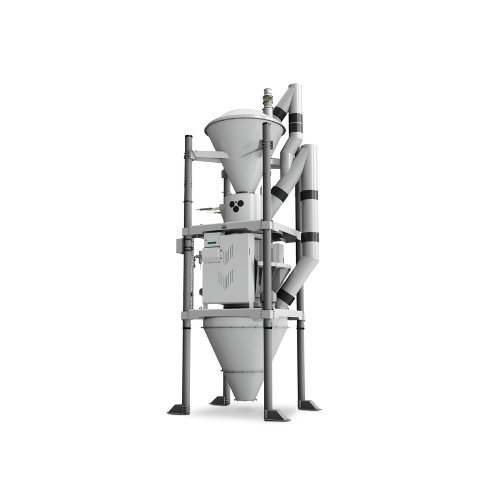
Fully automatic batch scale for powdery and granular products
Achieve precise and repeatable dosing for powdery and gran...

Industrial recirculating chiller for laboratory applications
For consistent distillation results, maintain accurate temp...
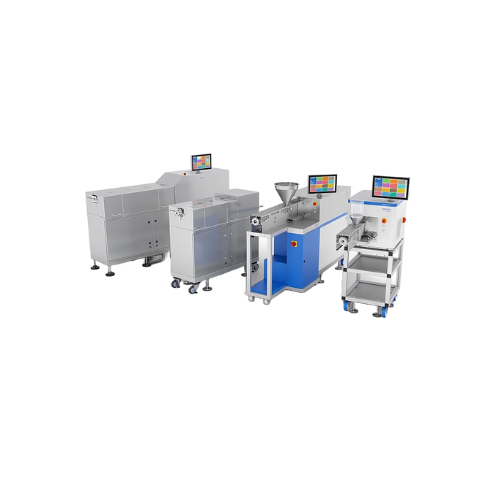
Lab-scale twin screw extruders for material development
Accelerate your formulation testing and material development with...
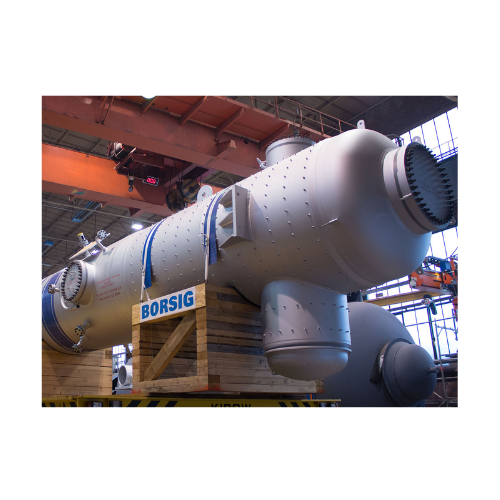
Synthesis gas cooler for partial oxidation of oil or natural gas
Optimize high-temperature gas streams efficiently by em...
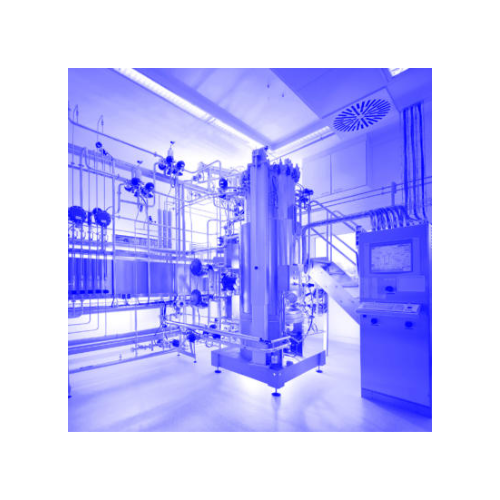
Lab-scale fermentors for microbial cultivation
Optimize microbial cultivation with lab-scale fermentors designed for preci...
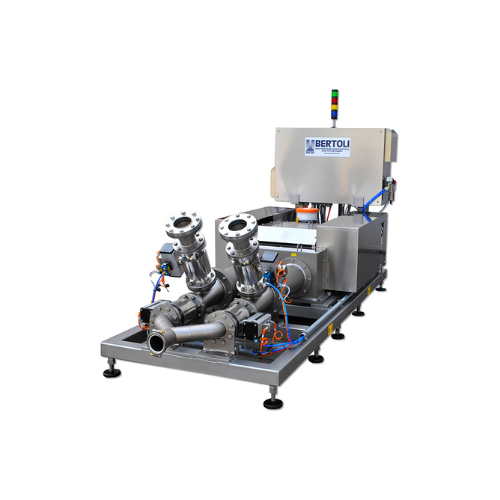
Industrial homogenizer for food and beverage applications
For manufacturers seeking consistent quality, this homogenizer...

Custom pressure vessels and tanks
For industries demanding precise storage and processing, our tailor-made pressure vessels...
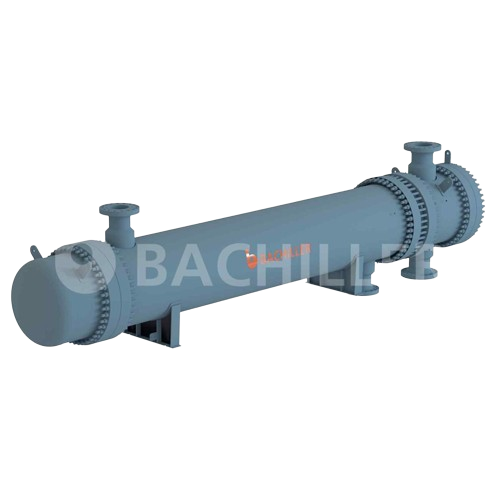
Shell and tube heat exchangers
Efficiently manage heat transfer in your production line with custom-engineered shell and tub...
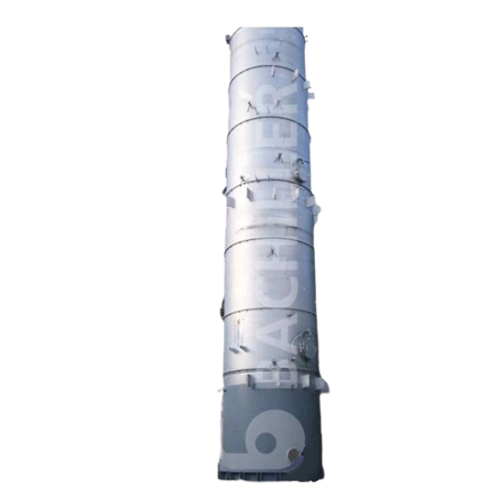
Industrial columns and towers for chemical processing
Optimize your chemical production with robust columns and towers, d...
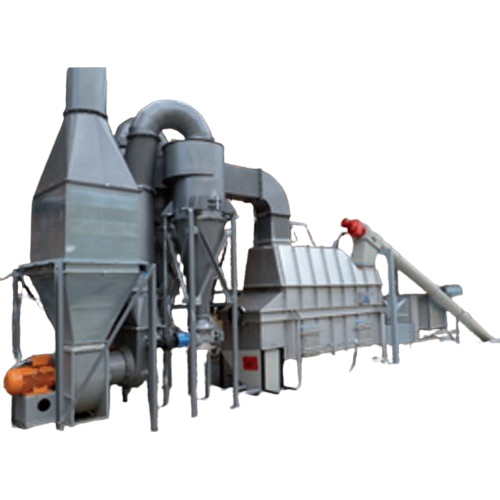
Biomass drying solution
Achieve efficient and gentle biomass drying with innovative heat exchange technology, ensuring optima...
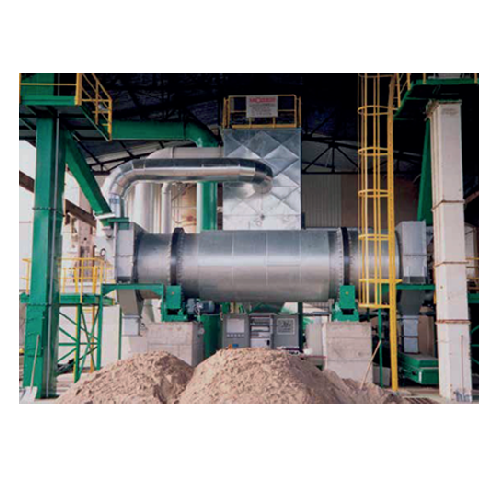
Industrial drum dryer for bulk solids
Optimize your production line with high-throughput drying for varied particle sizes, ...
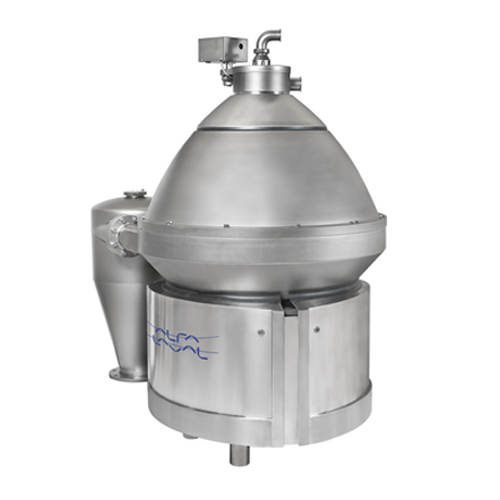
Vegetable oil separator for high-quality oil processing
Achieve optimal separation of oils and fats with advanced centrif...
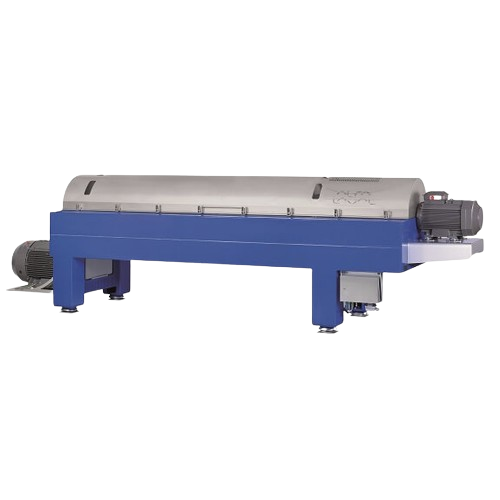
Decanter centrifuge for vegetable oil clarification
Maximize oil recovery and purity with advanced decanter centrifuge te...
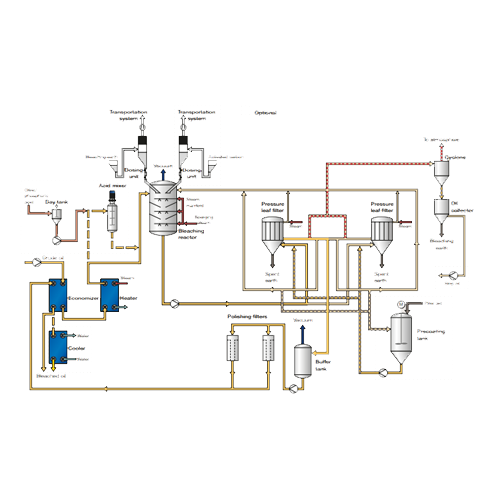
Bleaching systems for edible oil refining
Achieve clarity and stability in your edible oils with cutting-edge bleaching sy...
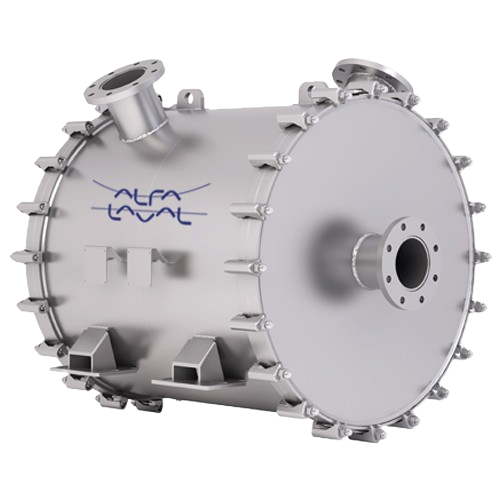
Welded spiral heat exchangers for dirty or viscous fluids
Handle your toughest heat exchange challenges with minimal fou...
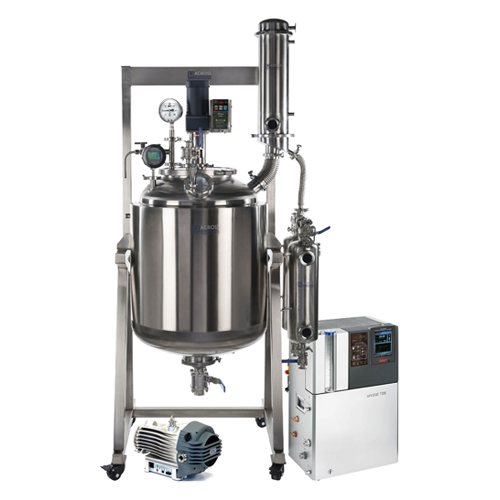
Dual-jacketed reactor for decarboxylation processes
Streamline your decarboxylation process with a dual-jacketed reactor ...

Controlled atmosphere muffle furnace
Achieve precise temperature and atmosphere control for critical processes like sinteri...
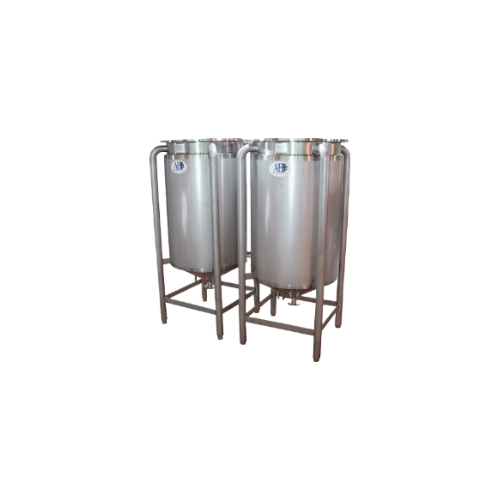
Customizable storage tanks for industrial use
Optimize your production with versatile storage tanks designed for precise c...
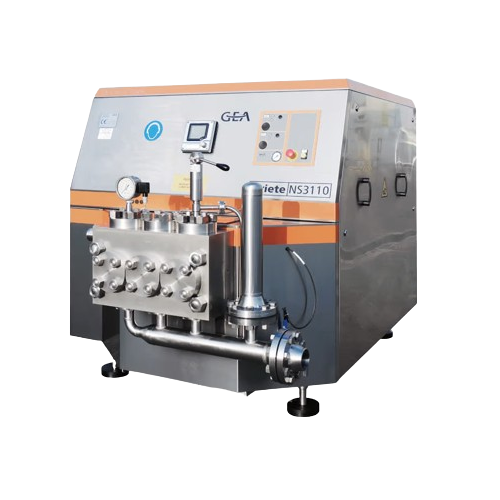
High pressure pumps for viscous fluid transfer
Optimize fluid transfer with high pressure pumps designed to handle viscous...
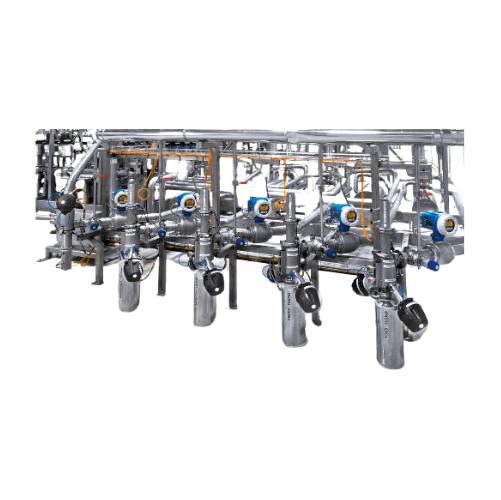
Product recovery system for hygienic applications
Efficiently reclaim valuable products from your production lines while ...
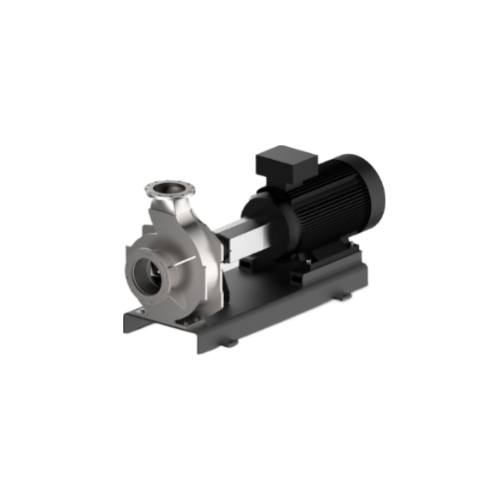
Single-stage centrifugal pump for heavy-duty applications
Optimize fluid handling with a high-efficiency centrifugal pum...

Compressor package for freezing and heat pump applications
Optimize your heating and cooling systems with high-efficienc...
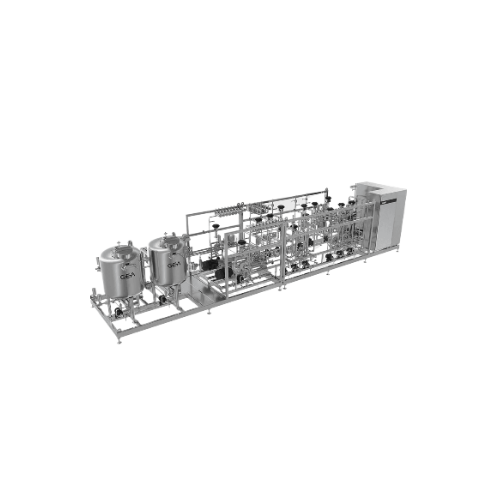
Continuous in-line blender for home and personal care products
Achieve precision and flexibility in blending liquid mult...
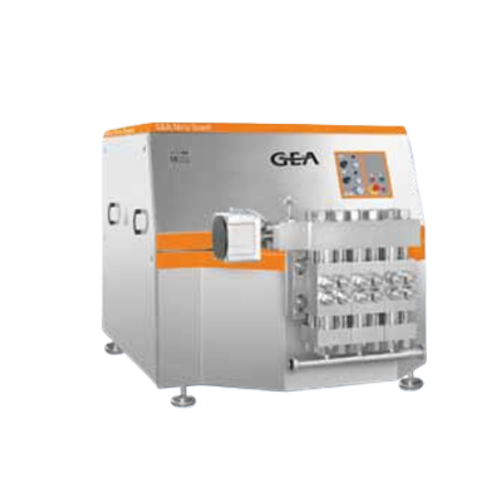
Very high pressure homogenizer compression block
Experience reliable performance at extreme pressures with a compression b...
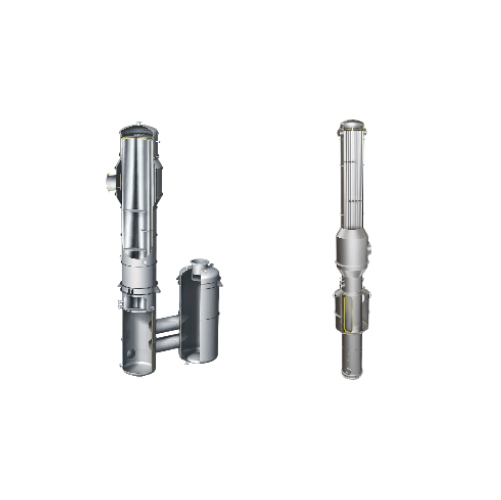
Falling film evaporator for temperature-sensitive products
Ensure consistent concentration and quality of heat-sensitive...
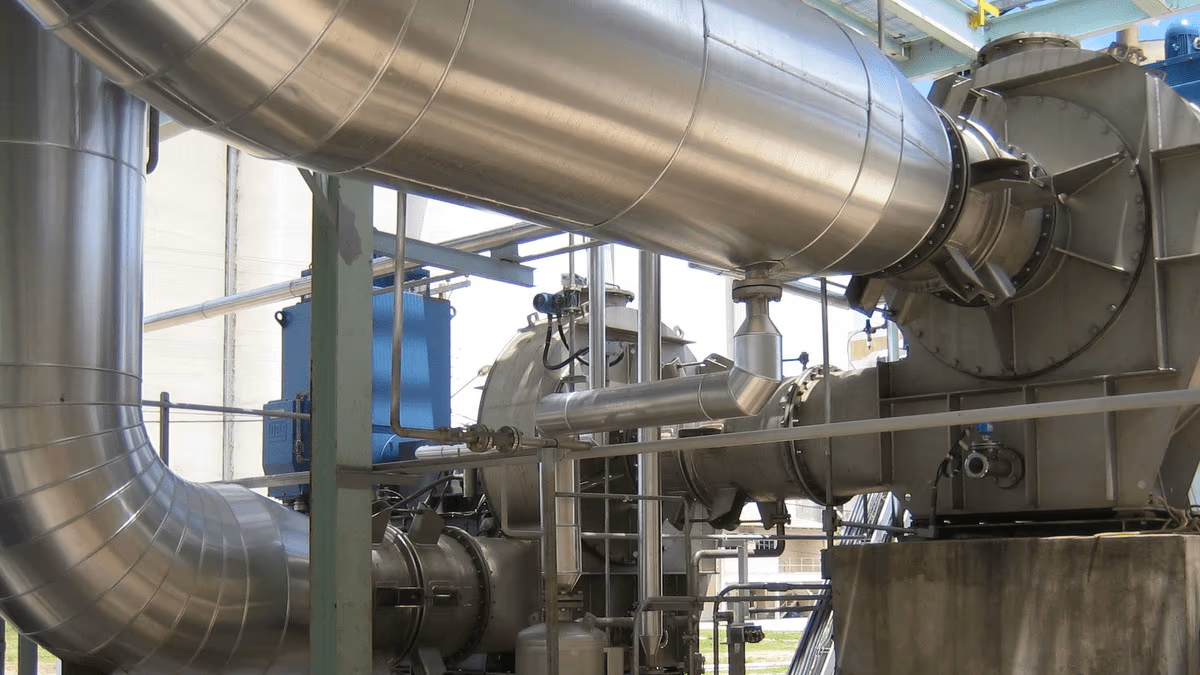
Mvr and Tvr heated distillation system
Achieve superior energy efficiency and reduced steam consumption in your distillatio...
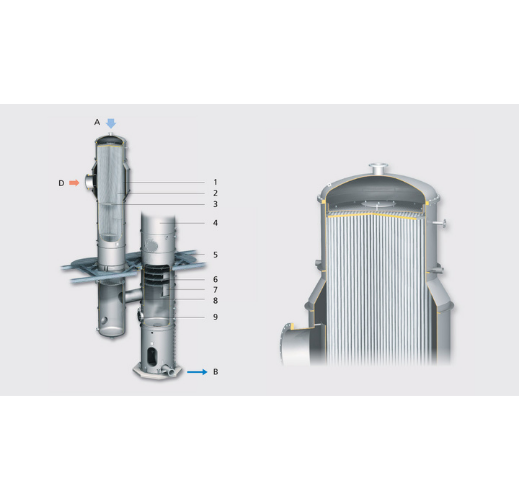
Reboiler for distillation plants
Efficiently manage energy input and temperature control in your distillation processes with...
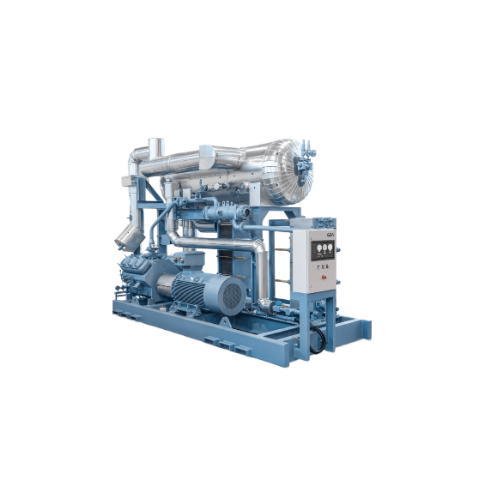
Industrial chiller with high part-load efficiency
Optimize your cooling processes with a versatile chiller designed for p...
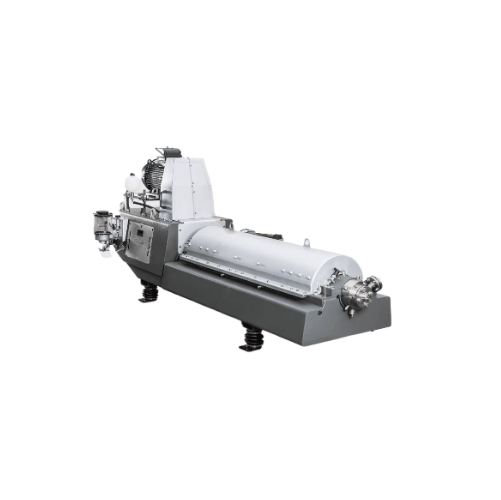
Clarifying decanter for chemical processing
Optimize your clarification and dewatering processes with a versatile decanter...
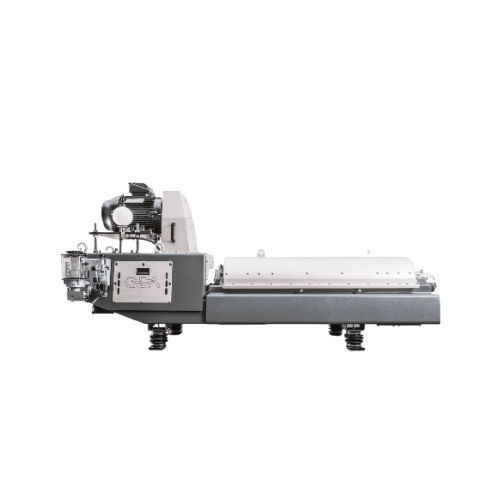
Clarifying decanters for edible oil refining
Enhance your edible oil refining process with clarifying decanters that effic...
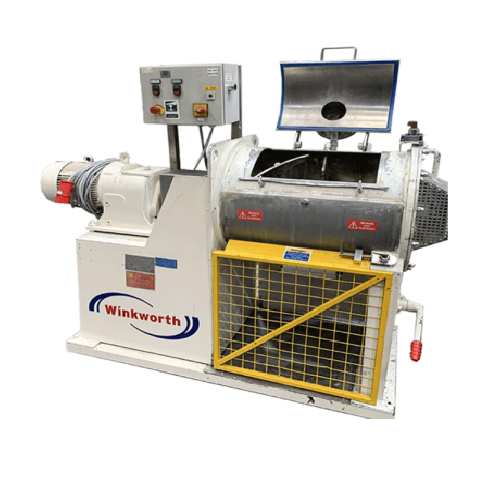
Industrial rapid turbulent mixer for homogeneous mixing
Achieve unparalleled homogeneity with rapid turbulent mixing, ess...

High-speed mixer for industrial mixing applications
Achieve rapid, consistent mixing and dispersion across diverse materi...
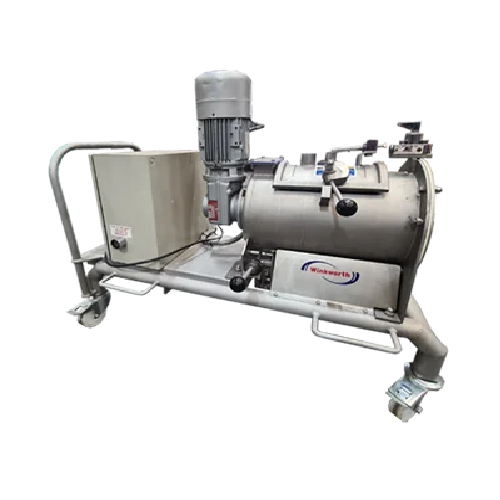
Industrial mixers for hire
Optimize your production line with versatile mixers designed for precision blending, heating, and...
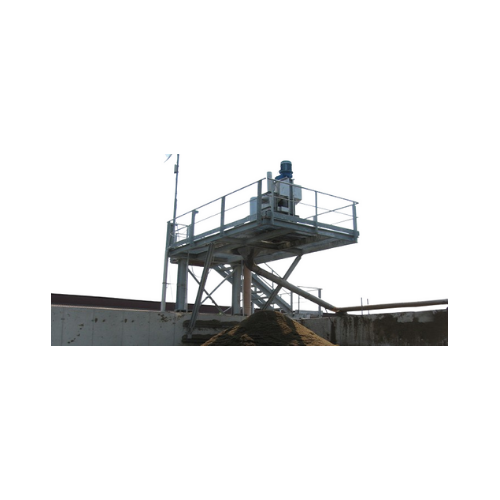
Manure treatment system for livestock breeding
Optimize waste-to-value processes with advanced systems designed to efficie...
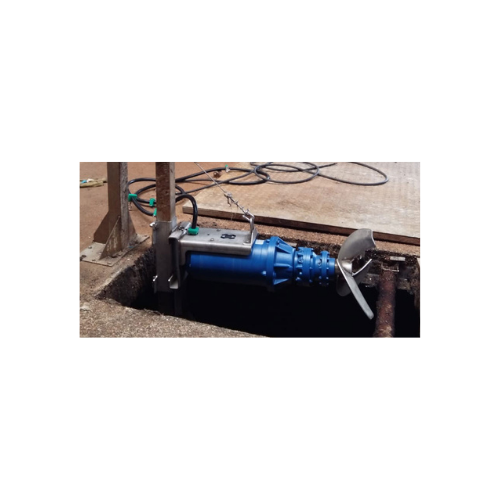
Biogas plant screw press separators
Maximize your renewable energy output and processing efficiency with cutting-edge solid...

Bulk solids conveying systems
Efficiently move and manage bulk materials with precision and reliability, ensuring seamless i...
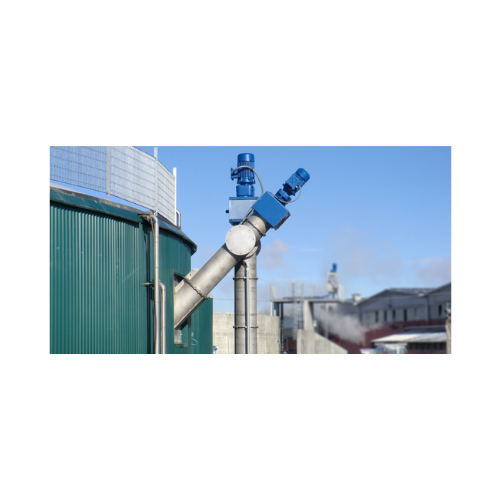
Biomass digester feeding system
Efficiently integrate biomass into your biogas production process with a system that seamles...
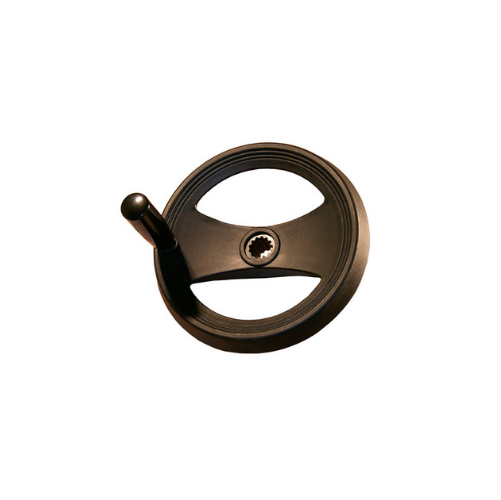
Hand wheel actuators for Vg slide valves
Effortlessly control flow interception in high-demand settings with these hand whe...
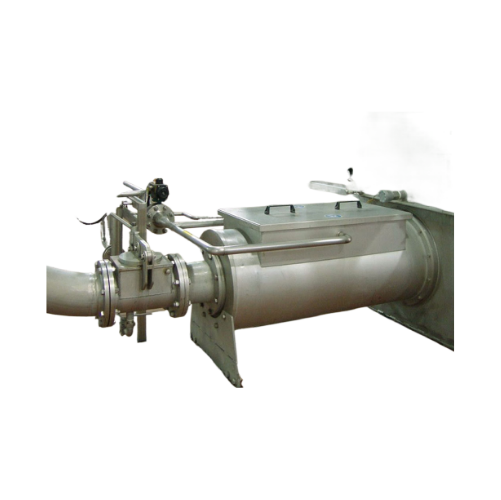
Wet spent grains pre-dewatering system
Optimize your brewery operations with a dewatering system that efficiently reduces m...
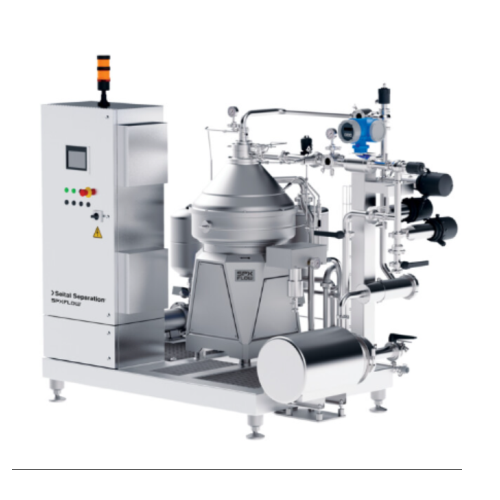
Centrifugal separators for liquid/liquid/solid separation
Achieve efficient separation and clarification for diverse app...
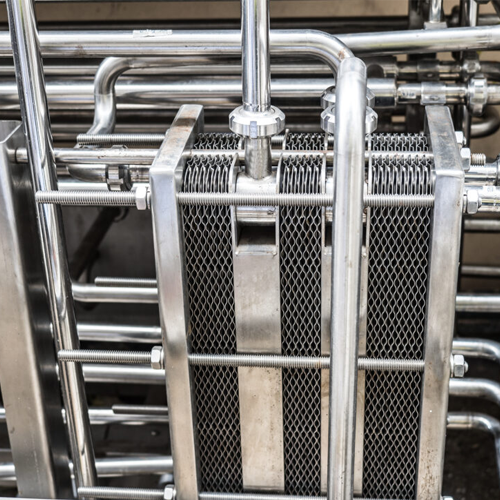
Hygienic plate heat exchanger
Optimize temperature control for liquid processing with precision-engineered heat exchangers, ...
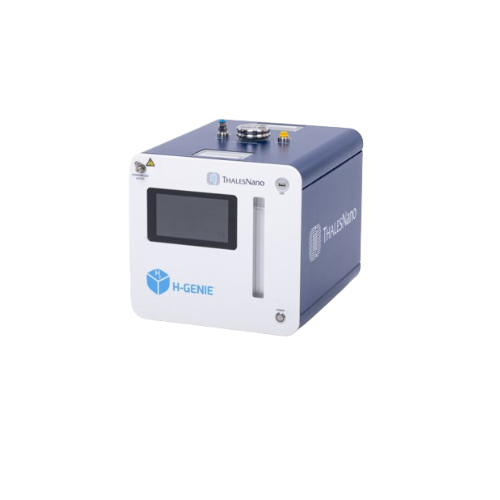
High-pressure hydrogenation reactor for chemical labs
Achieve precise high-temperature hydrogenation with integrated on-d...
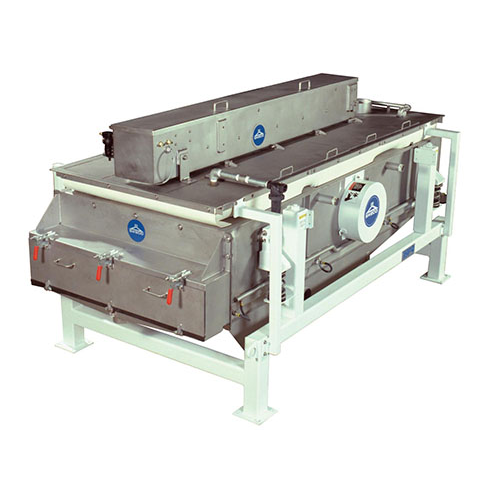
Round motion separator for dry and wet screening
Optimize your production line with an efficient solution for precise scre...
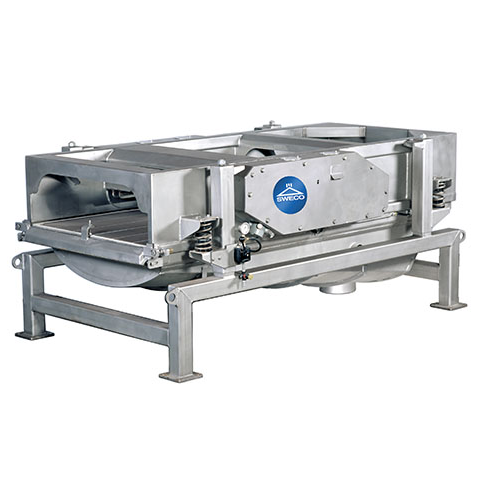
Universal motion rectangular separator for pulp and paper
Achieve precise motion adjustments with a versatile separator ...
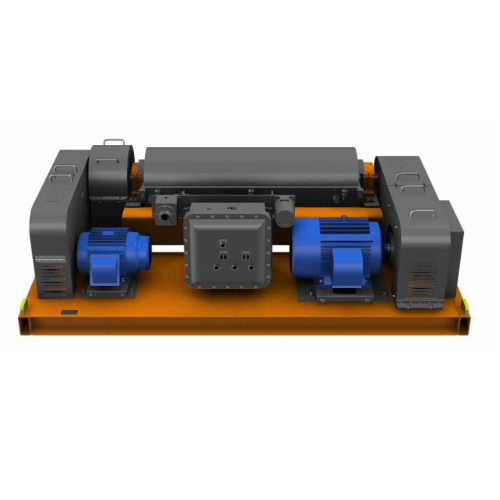
Industrial decanter centrifuge for solids separation
Optimize your production line with high-speed decanter centrifuges t...
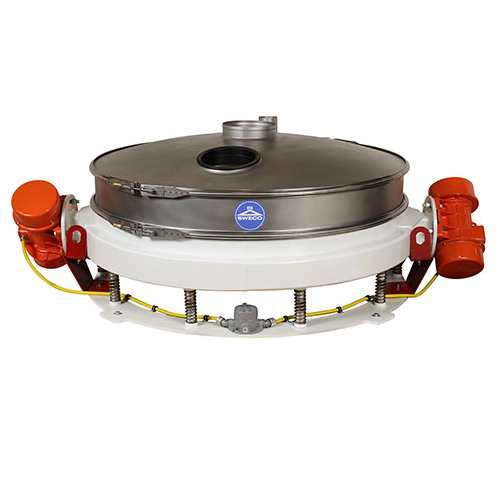
Low profile flow-thru separator for wet or dry scalping
Efficiently handle high-capacity separation with a compact design...
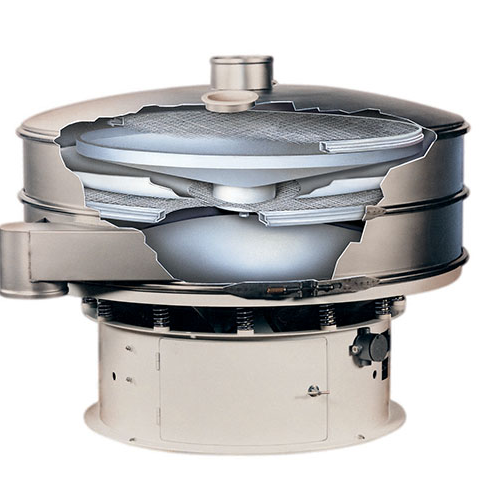
Round vibratory separation for high capacity screening
Maximize screening efficiency with dual screen vibratory technolog...
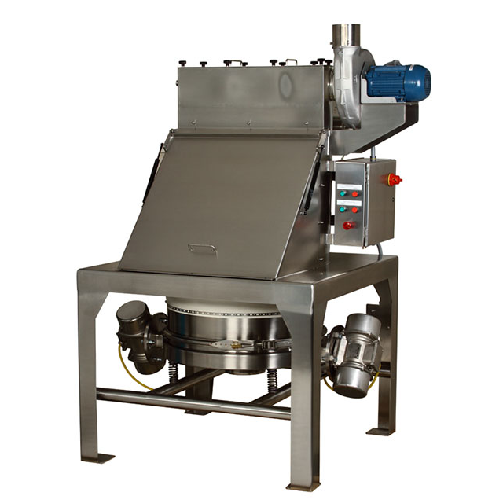
Round vibratory separation equipment - bag dump screener system
Enhance your material handling and safety by efficiently...
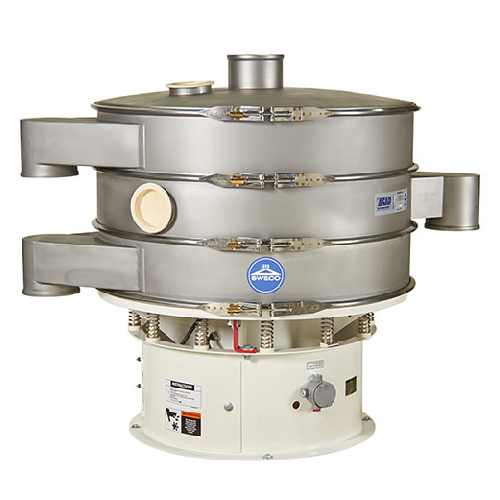
Round vibratory separation for various industrial applications
Ensure accurate material separation with a robust solutio...
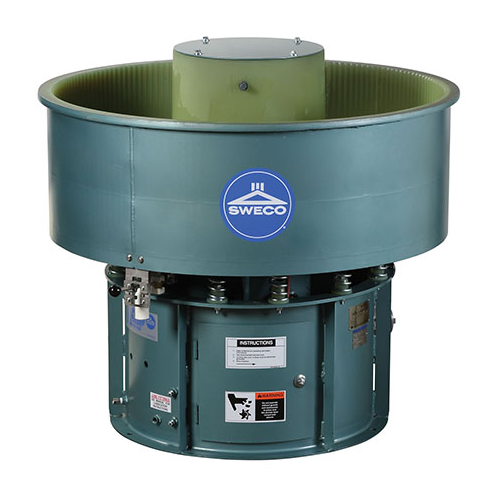
Vibratory finishing and deburring technology
Achieve precise surface finishing and deburring with advanced vibratory motio...
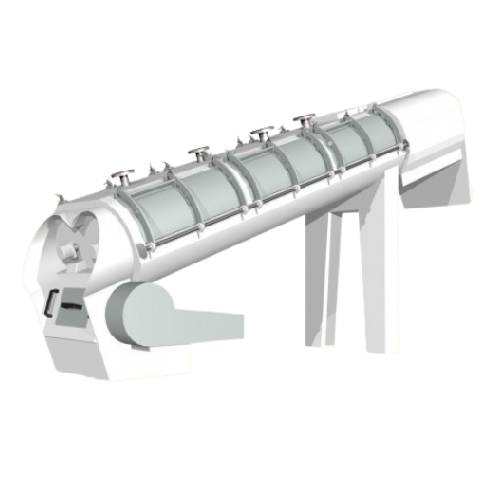
Thermal conditioning for improved meal flow and starch digestibility
Ensure optimal meal flow and starch digestibility ...
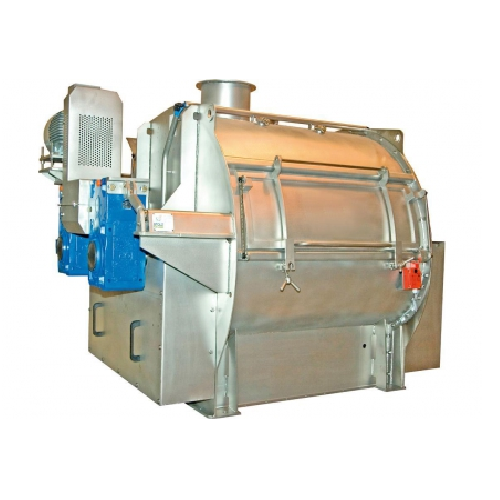
Twin shaft paddle mixer for bulk materials
Achieve precise blend consistency with a twin shaft paddle mixer designed to ha...
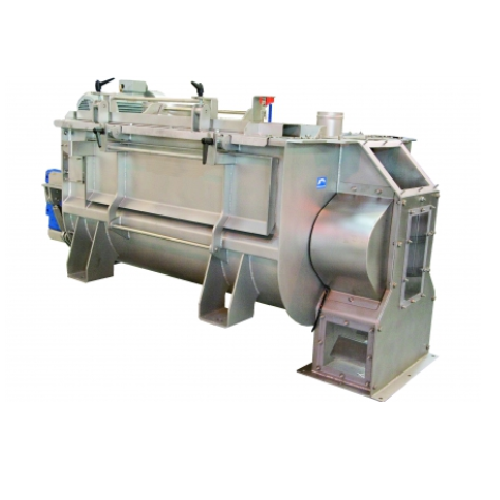
Continuous mixer for accurate ingredient blending
Achieve precise mixing in continuous production with optimal control ov...
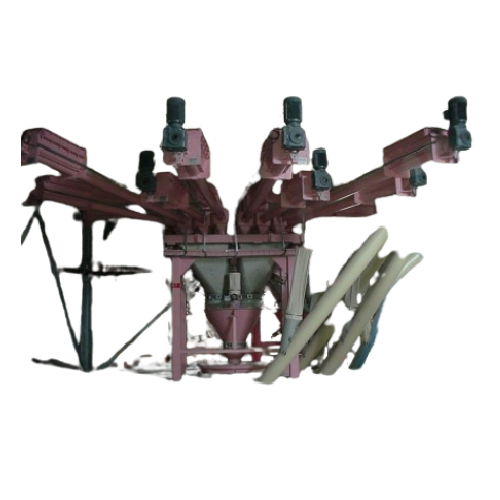
Dosing screw system for precise ingredient management
Achieve unparalleled precision in formulating mixtures with our dos...
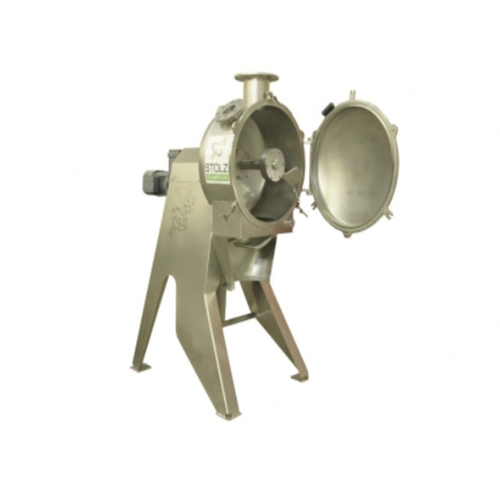
Small batch mixing rotosphere blender for food industry
Achieve precise mixing of small batch powders and granules with a...
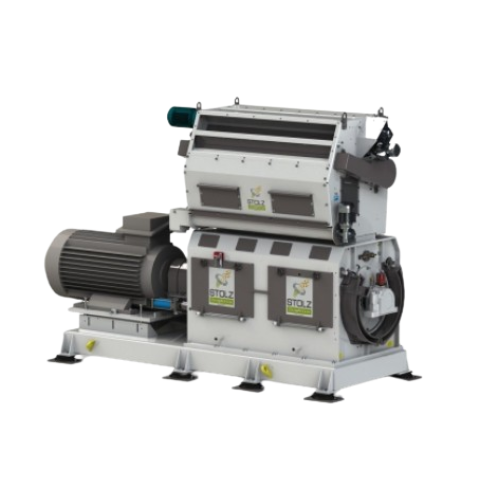
Industrial hammermill for fine grinding applications
Elevate your milling efficiency with hammermills designed for precis...
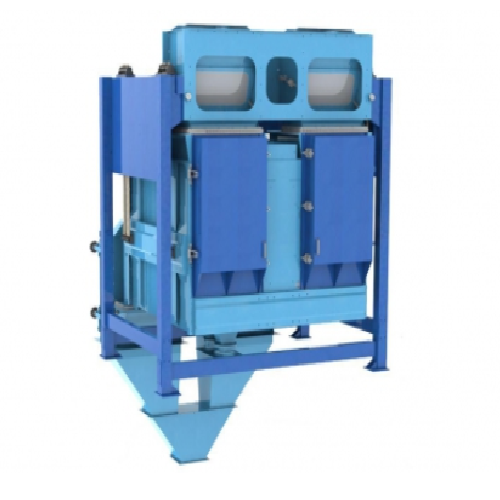
Agricultural cleaner-separator for grain processing
Optimize your grain processing with a versatile cleaner-separator eng...
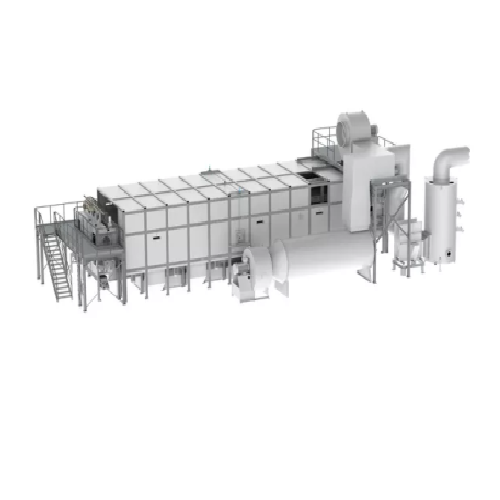
Slat conveyor dryer for industrial drying processes
Optimize your drying process with a robust slat conveyor system that ...
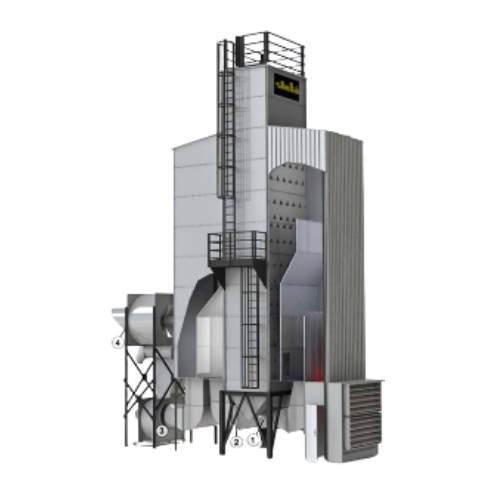
Stationary grain dryer with exhaust air system
Optimize your drying process with a system designed to handle diverse mater...
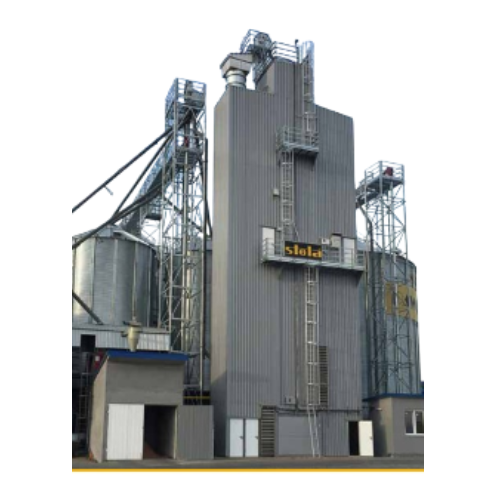
Grain dryer with air circulation system
Enhance efficiency and product quality with our versatile grain dryer, designed to ...
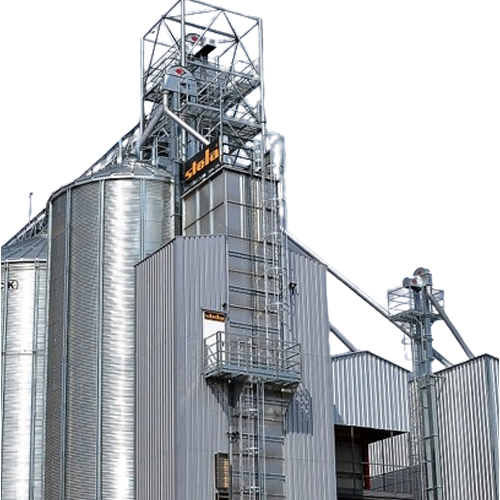
Stationary grain dryer with biturbo system
Optimize your drying processes with a system that efficiently manages air flow ...

Low-emission belt drying systems for timber industry
Optimize moisture control and energy efficiency in drying processes ...
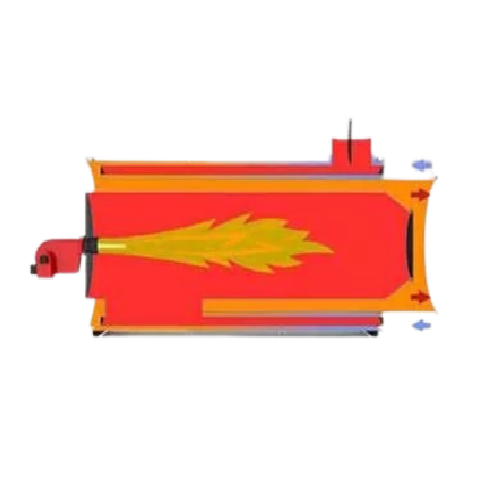
Industrial air heater for agriculture and industry
Optimize energy efficiency and maintain high air quality in your produ...
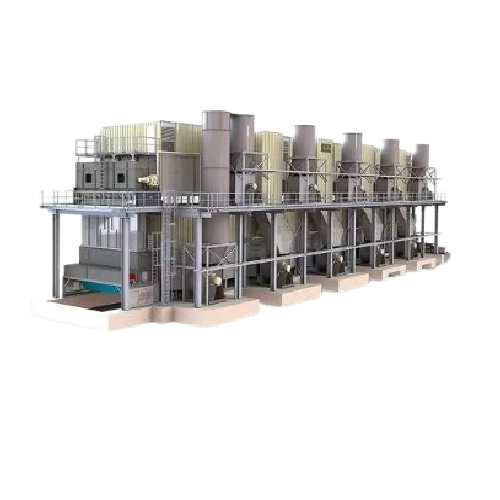
Belt dryer for sawdust
Optimize your drying process with advanced technology engineered for precise moisture reduction in div...
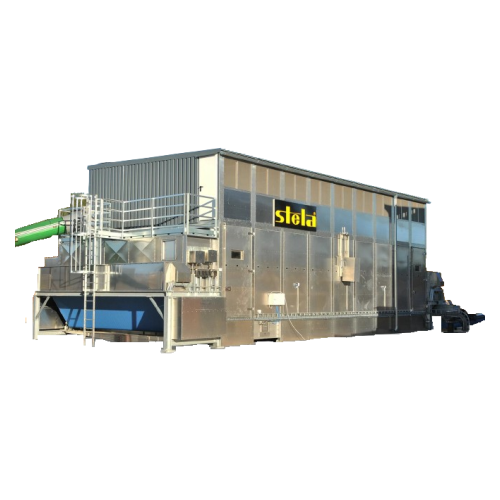
Mobile belt dryer for sawdust and biomass
Efficiently reduce moisture in a variety of materials, from sawdust to cereal sn...
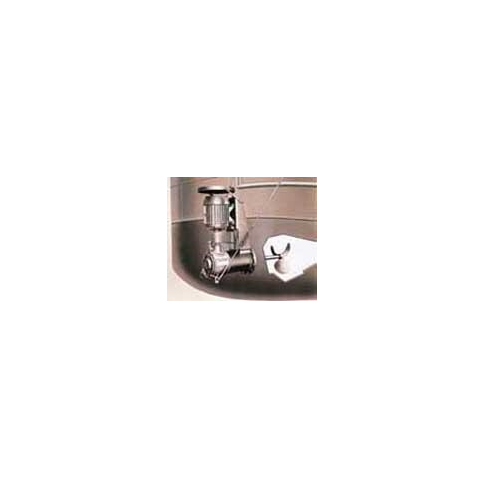
Side entry mixer for industrial tank applications
Ensure optimal mixing and blending of liquids and slurries with high ef...
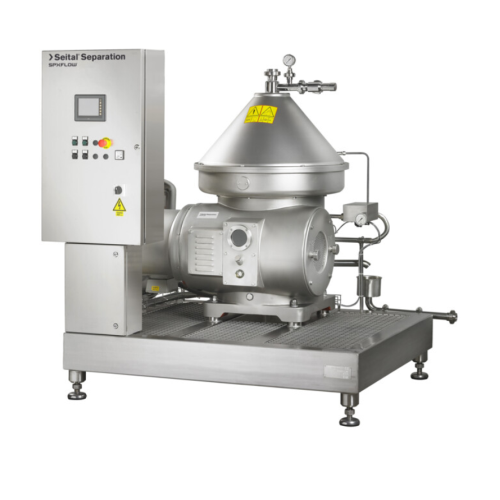
Self-cleaning clarifiers for liquid-solid separation
Optimize your production line with high-performance self-cleaning cl...
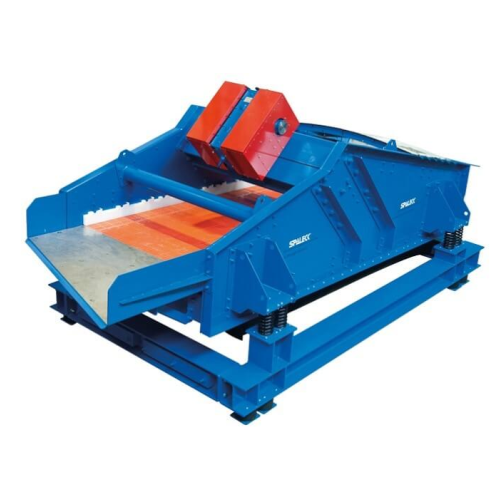
Dewatering screens for industrial applications
Efficiently transforming wet material into dry, manageable outputs, these d...
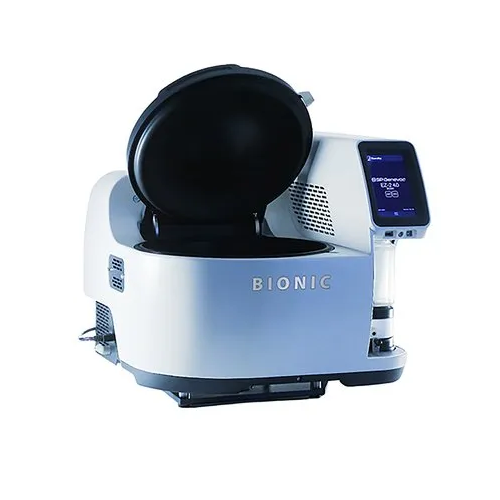
Automated centrifugal evaporator for robotic sample handling
Streamline your laboratory workflows with this cutting-edge...
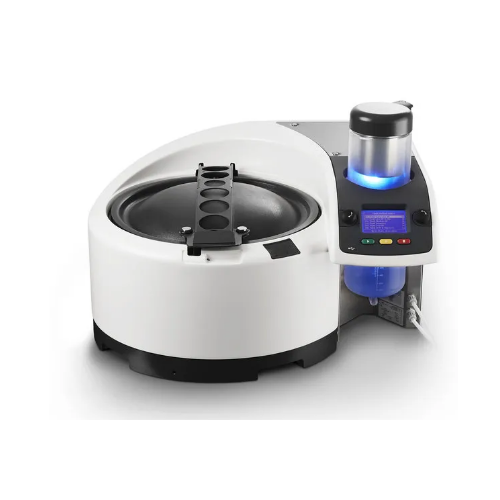
Benchtop evaporator for parallel chemistry and environmental testing
Enhance lab efficiency with a compact evaporator t...

Dewatering press for rubber, sugarcane, and biomass
Optimize your production line with a compact, energy-efficient soluti...
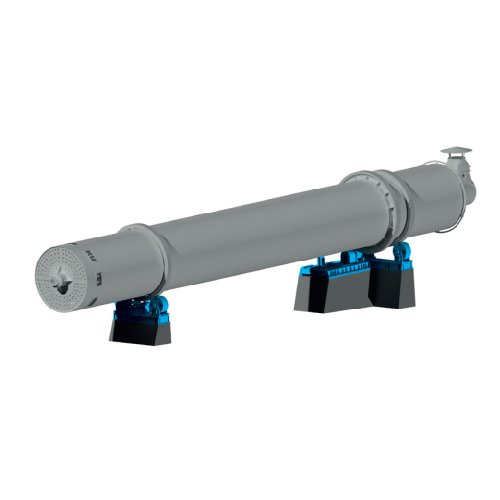
Seed conditioning system for edible oil processing
Optimize your oilseed processing with efficient moisture reduction and...
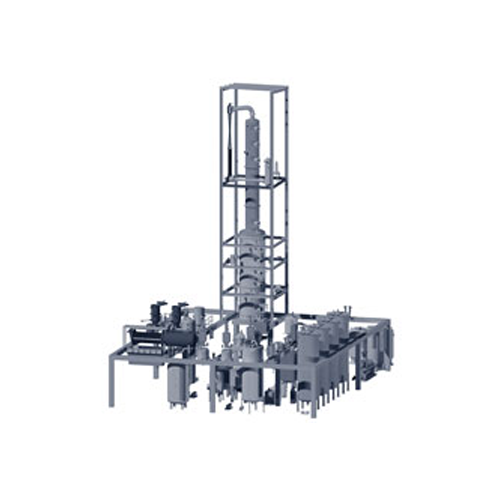
Edible oil processing solution
Optimize your production line with advanced pressing and dewatering technology, ensuring high...
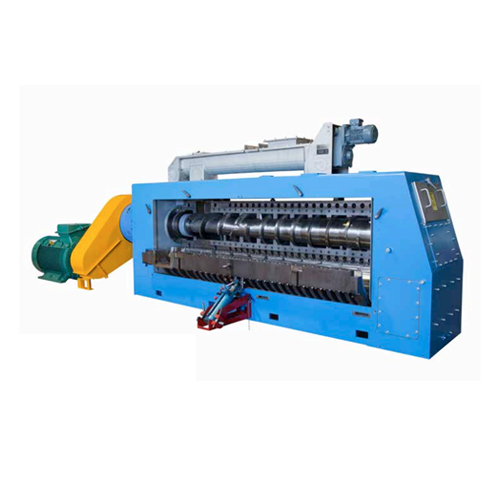
Degumming plant for edible oil refining
Achieve optimal purity and quality in edible oils through precise degumming process...
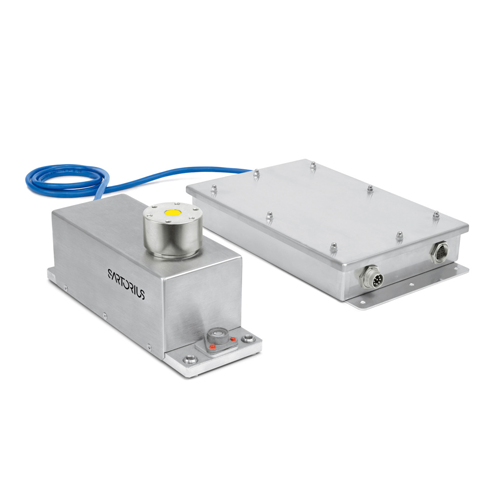
Explosion proof weighing cells for hazardous environments
Designed for hazardous environments, these weighing cells ensu...
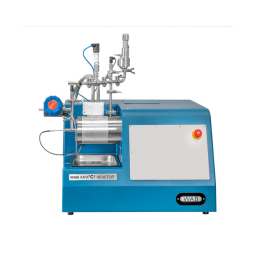
Agitator bead mill reactor for molecular synthesis by mechanochemistry in continuous flow
To achieve cleaner, safer,...

Production plant for biodiesel
As a biofuel producer, making biodiesel from several types of treated vegetable oils or anima...

Glycerine manufacturing plant
Glycerol or glycerin is the major by-product generated in the biodiesel production process. Bu...

Water oil separation centrifuge
Some industries, such as petrochemical, generate large volumes of oily wastewater due to the...
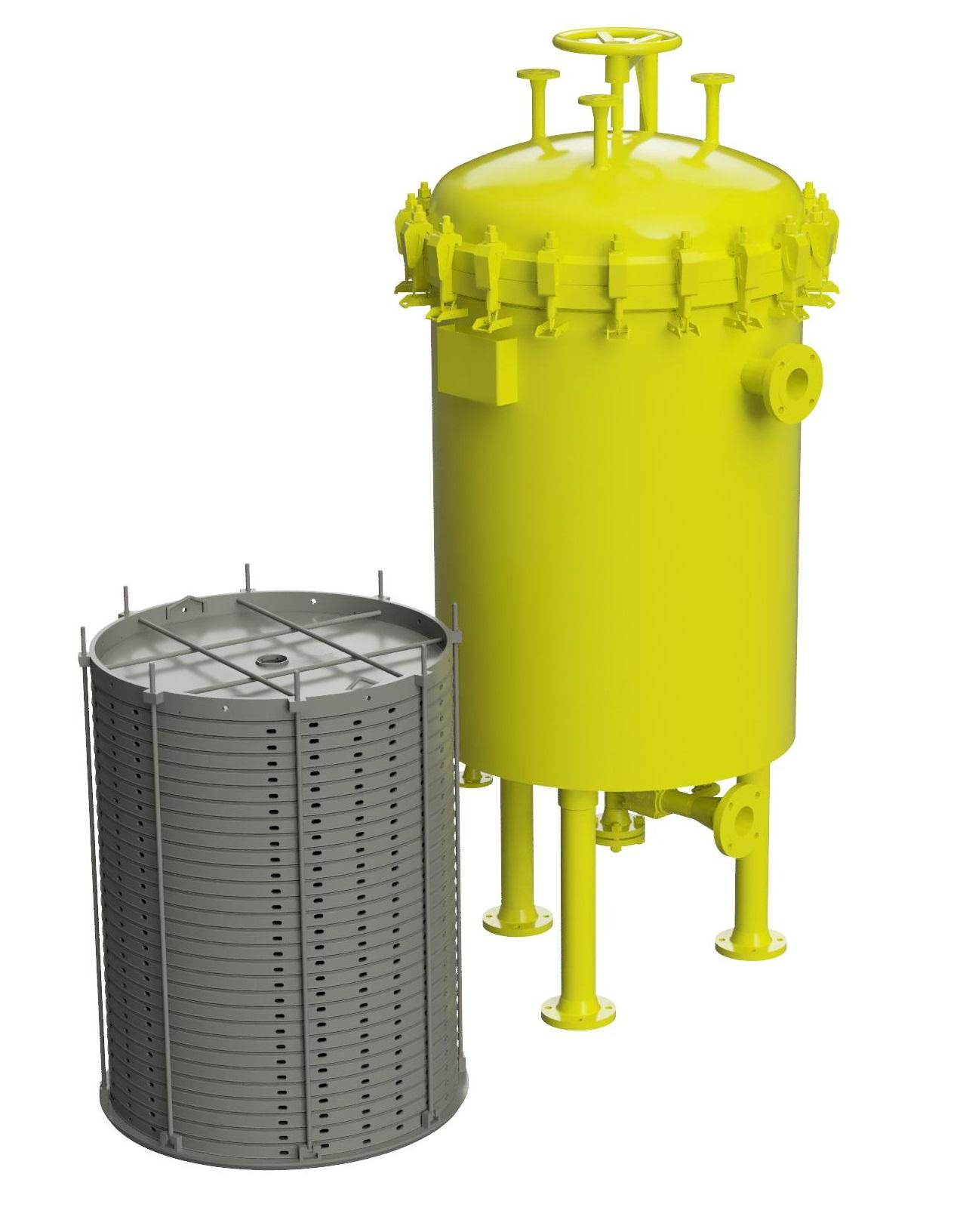
Industrial liquid filtration system
Systems for the filtration of liquids with suspended solid contents can be challenging ...
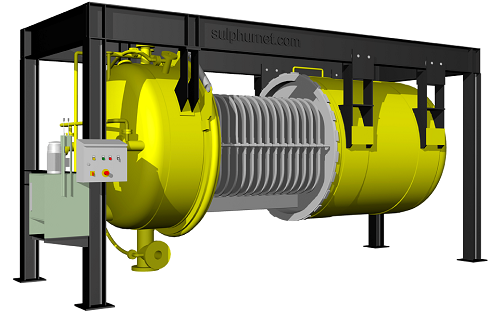
Industrial leaf filter for chemicals
In recent years the removal of sulphur has received increasing attention because of sa...

Advanced anaerobic digestion with external separation
Factories of dairy products, palm and coconut oil, slaughterhouses,...
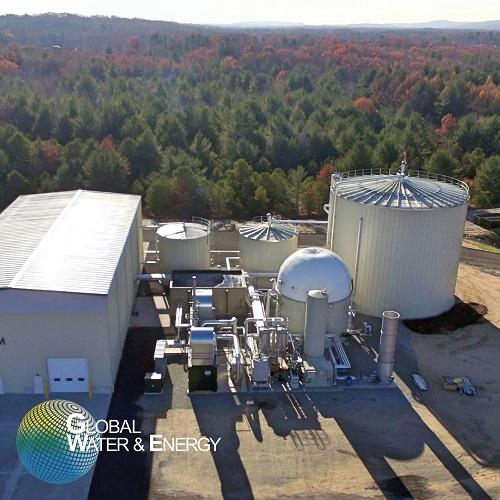
Waste to energy anaerobic digestion system
The food industry produces tremendous amounts of waste at food production facil...
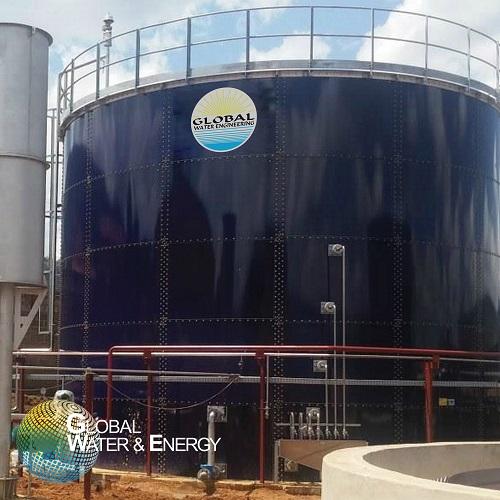
Anaerobic UASB wastewater treatment
If you need to remove organic compounds from your wastewater, the up-flow anaerobic slu...
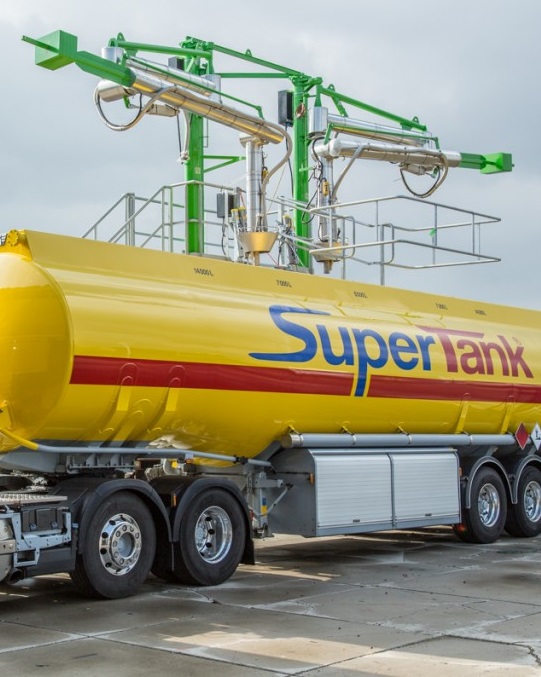
Top loading arm
Load or unload liquids from the top of the tanks safely and securely for trucks, railcars, small or big contai...
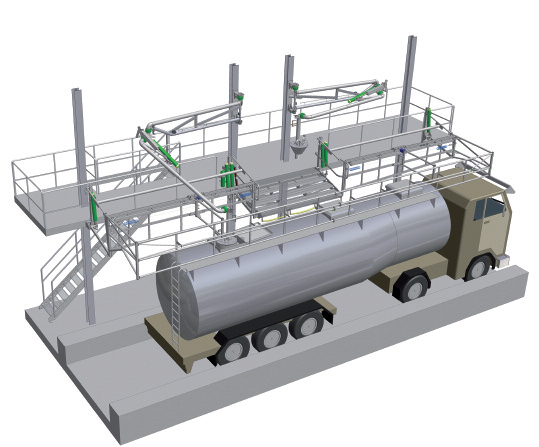
Folding stairs and safety cages
To ensure the safety of operator while working between a loading platform and road or rail t...
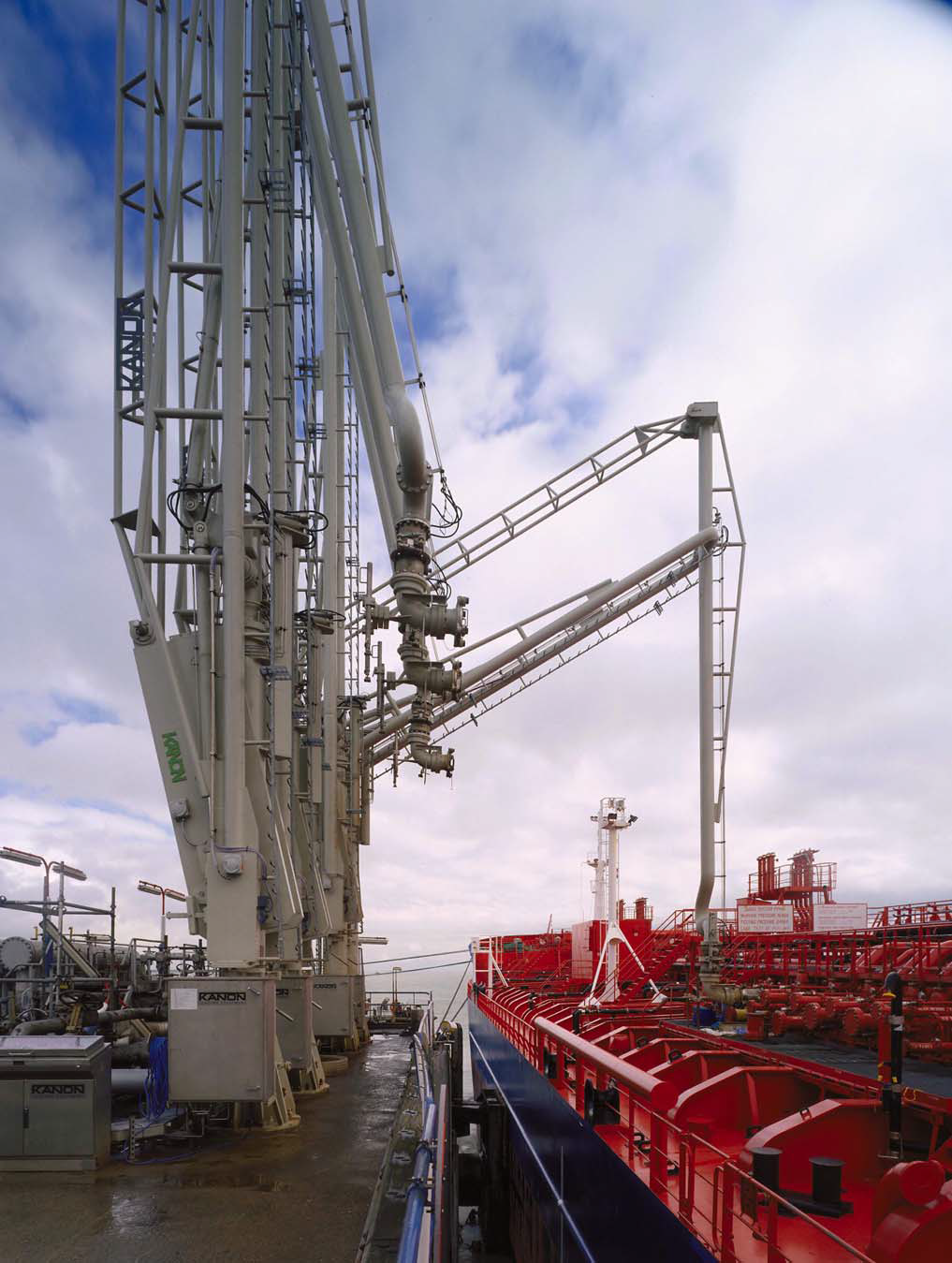
Marine loading arm
A hose or loading arm is needed when you load or unload fluids from a ship or transfer fluids between vess...
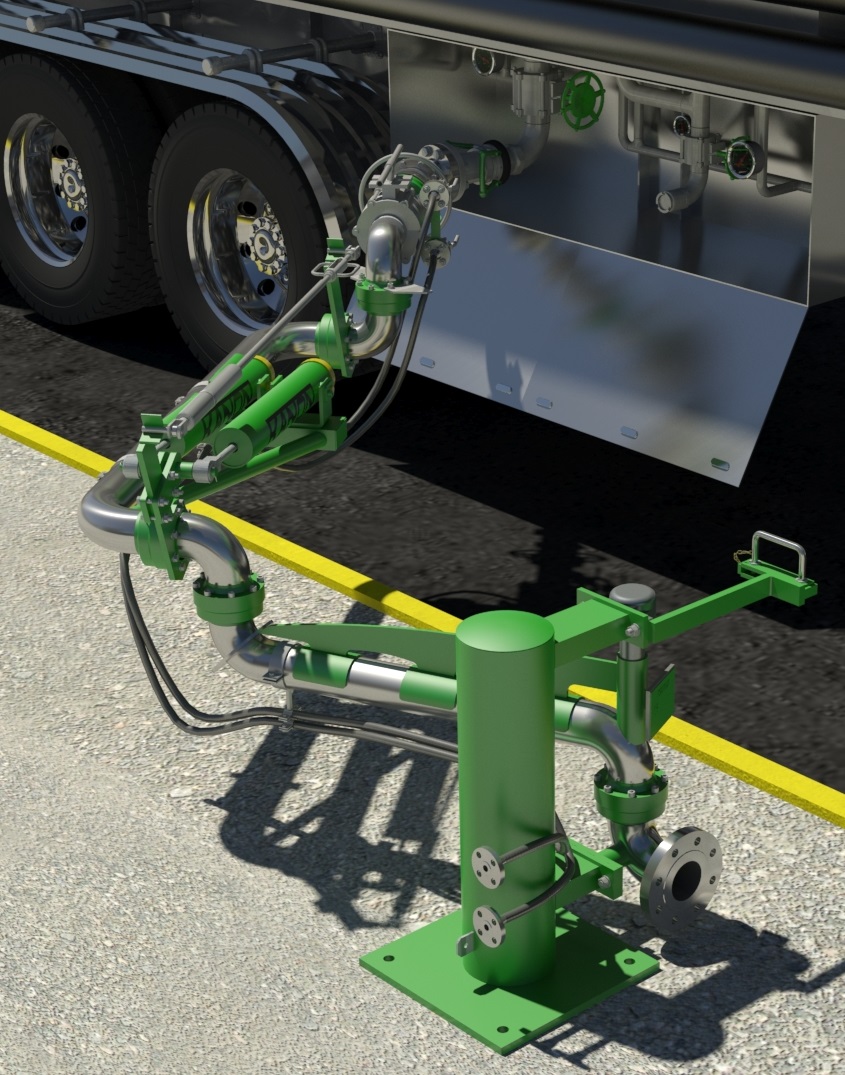
Bottom loading arm
Bottom loading/unloading arms are designed to be connected on the side or on the rear of the tanker and so...
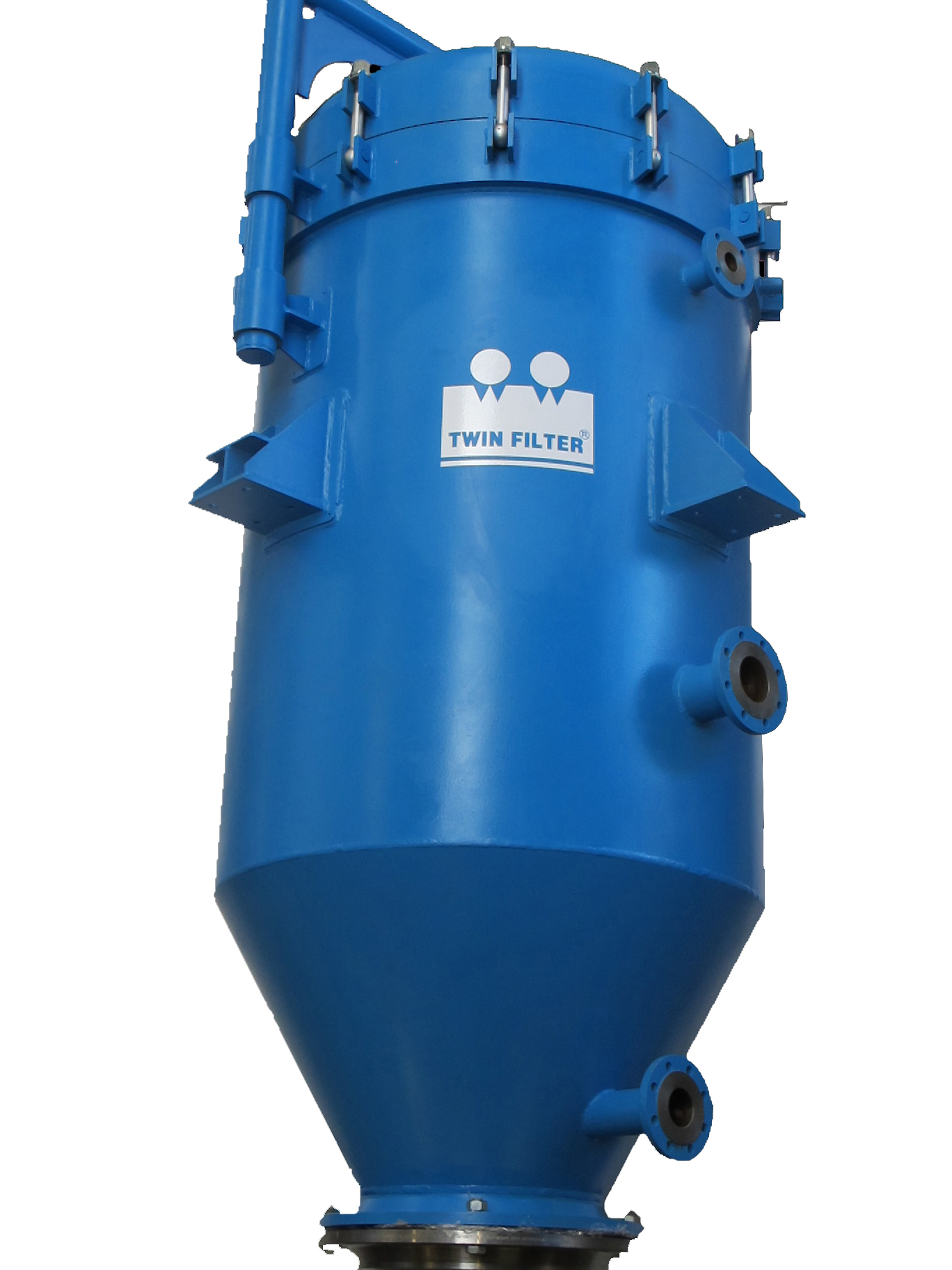
Vertical pressure leaf filters
Reliable and low maintenance filtration of fluids with high dirt load is essential to many in...
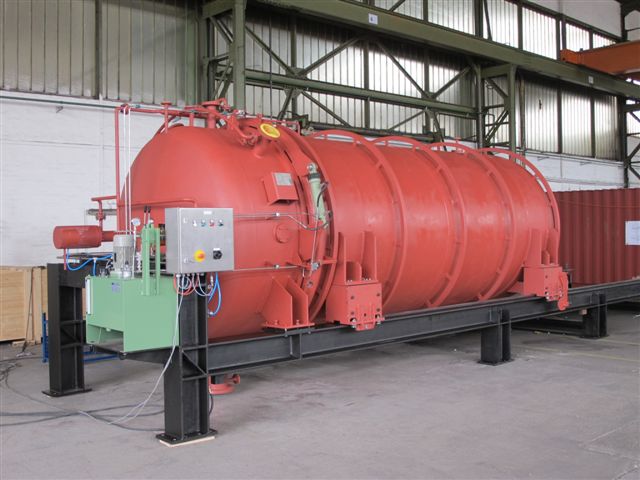
Horizontal pressure leaf filters
Reliable and low maintenance filtration of fluids with high dirt load is essential to many ...
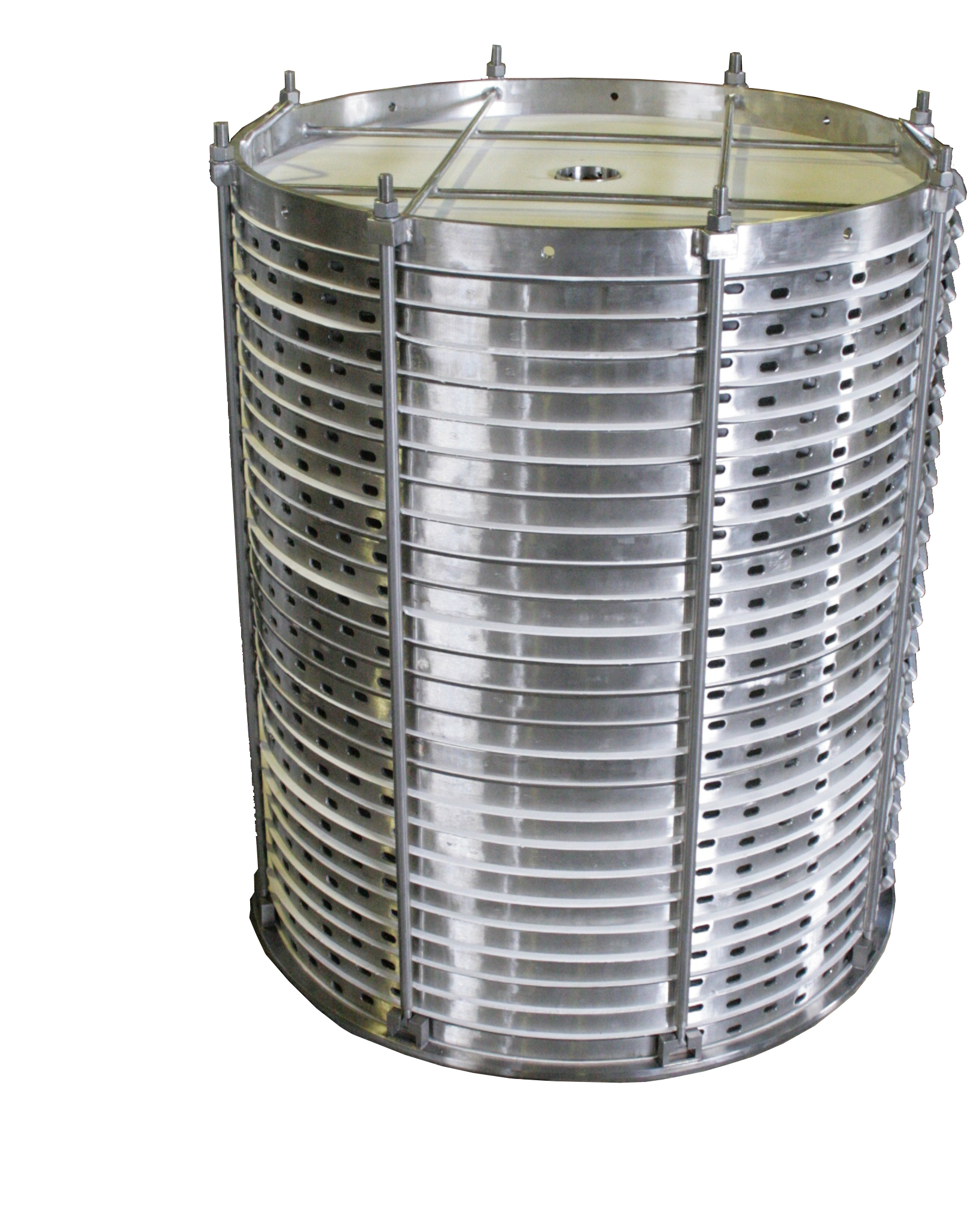
Horizontal plate scavenger filters
Reliable and low maintenance filtration of fluids with high dirt load is essential to ma...
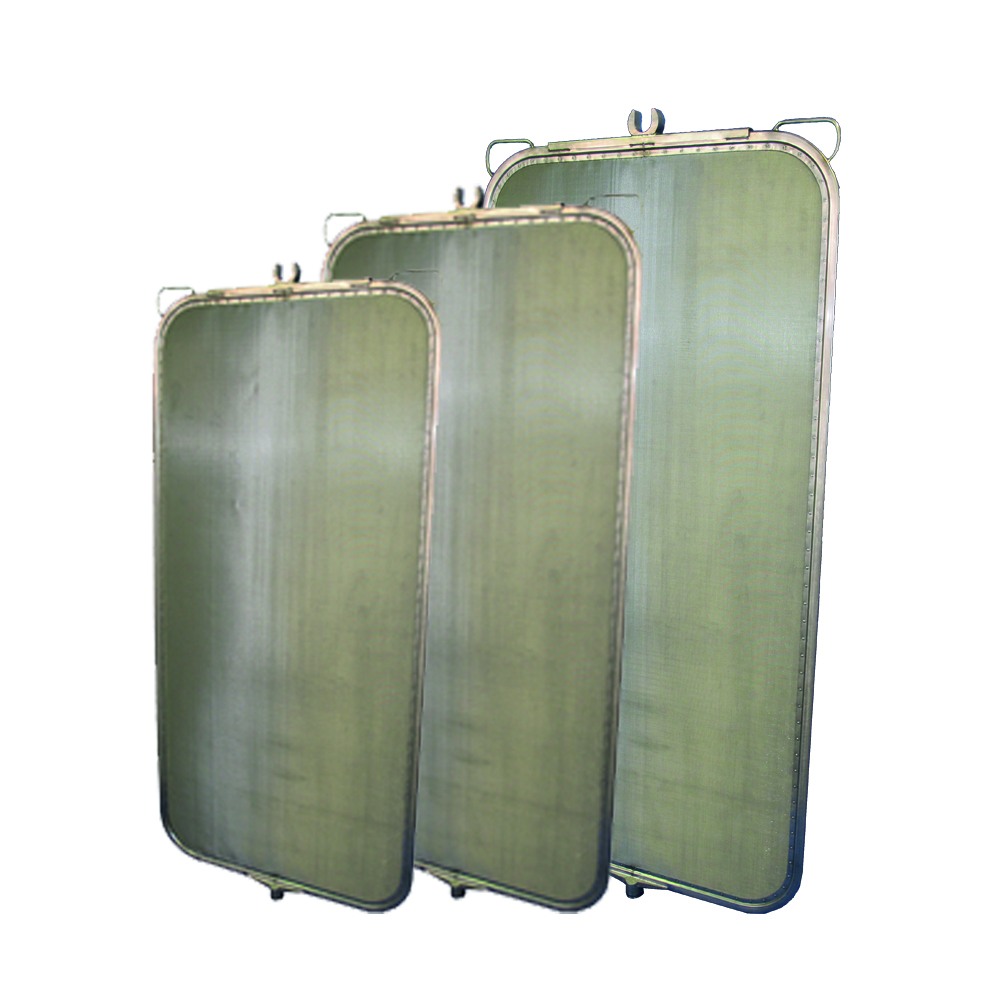
Filter pressure leaf
From chemical processing, to energy production, to edible oils production, product quality is often depe...

